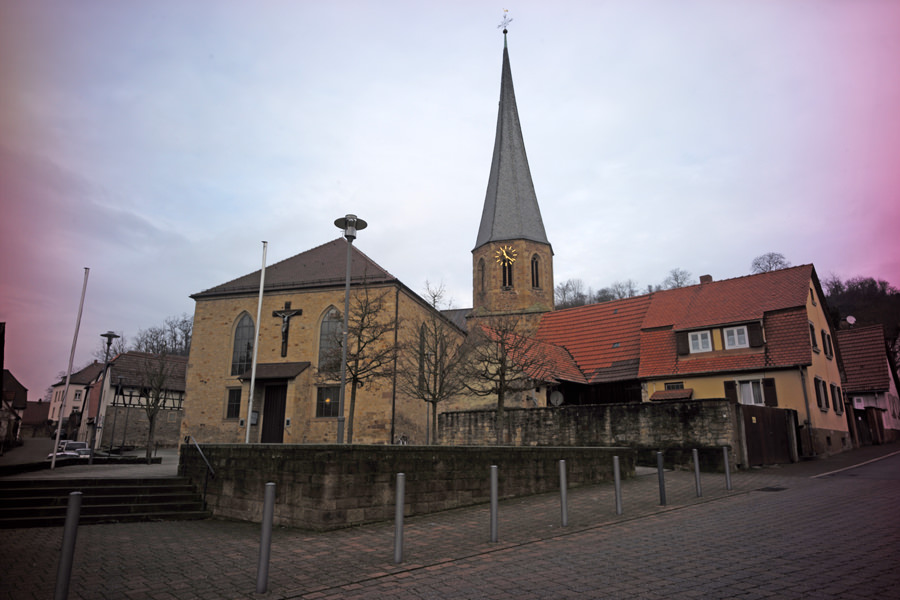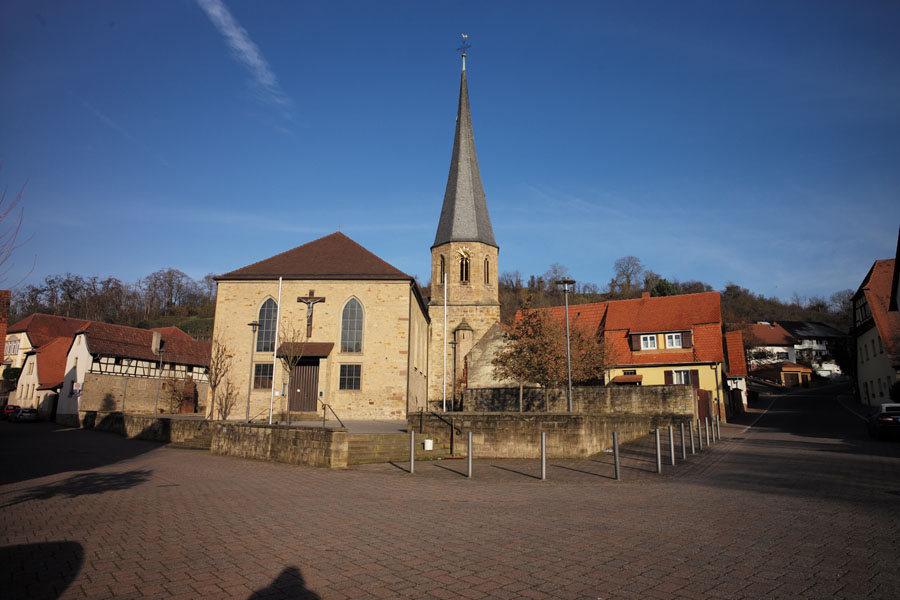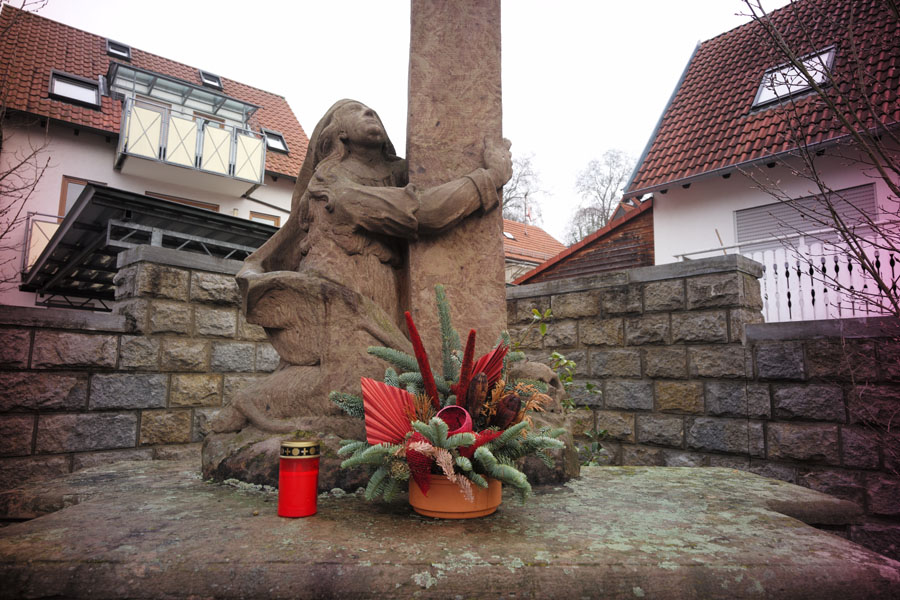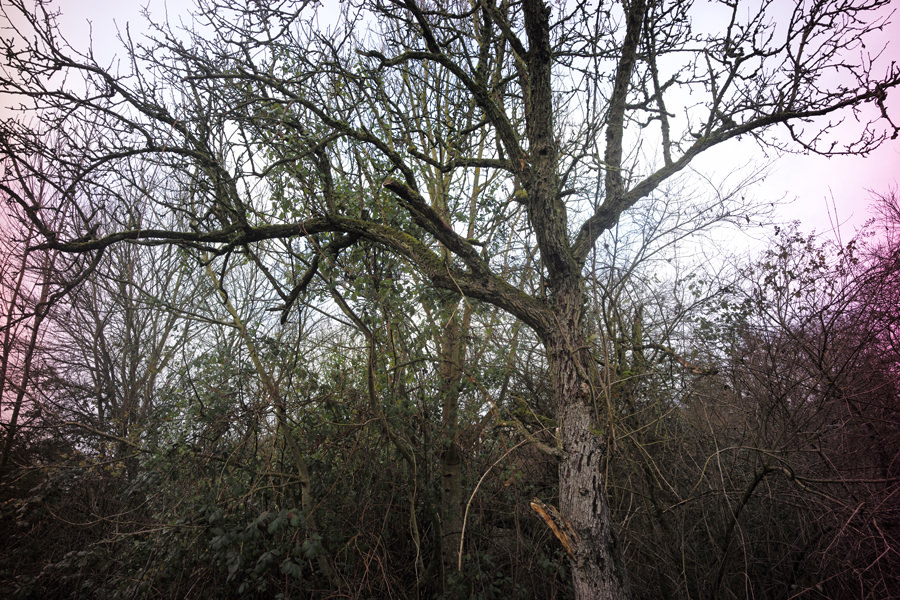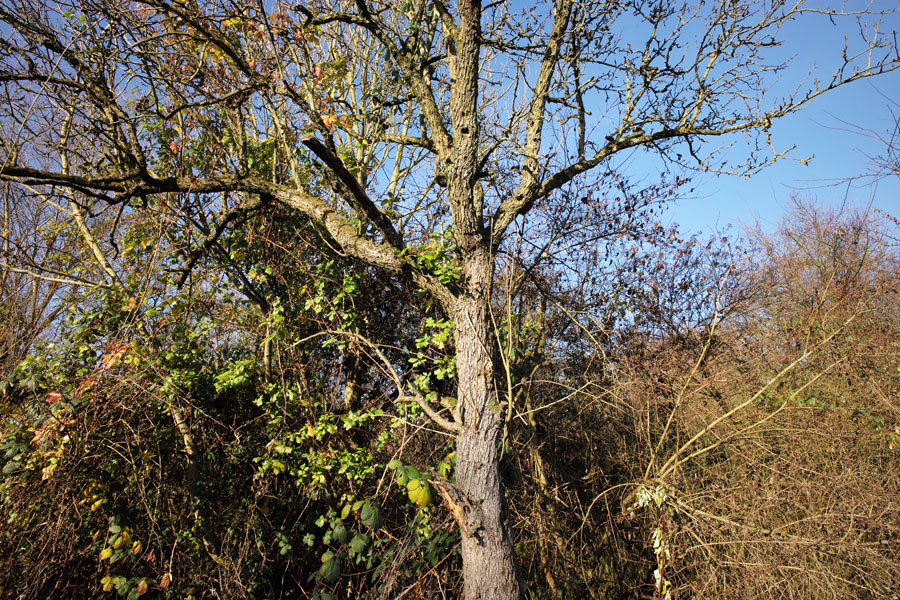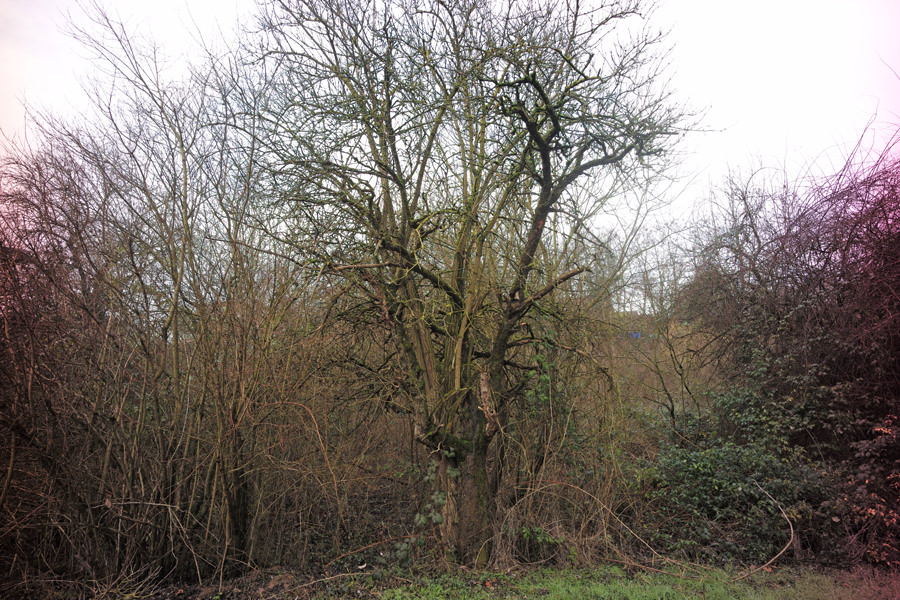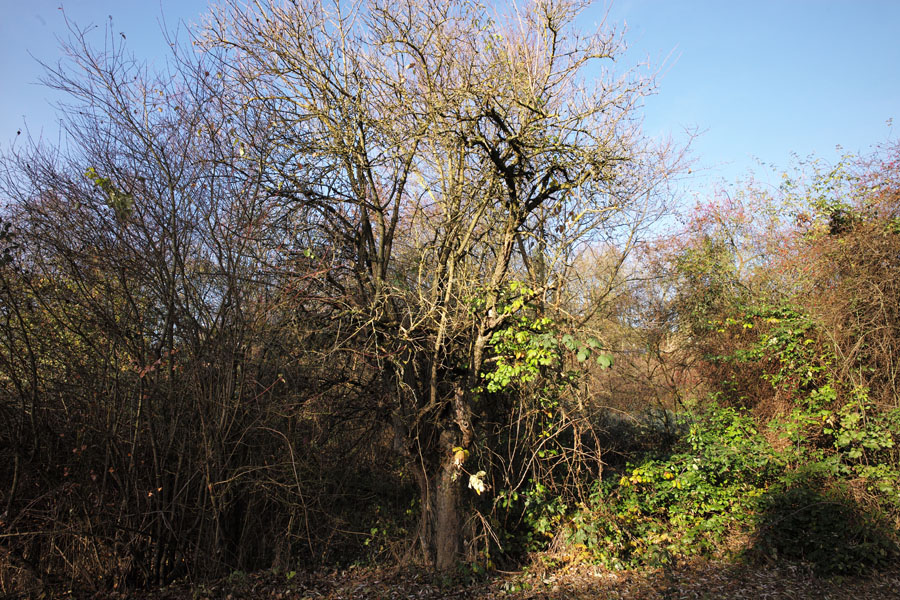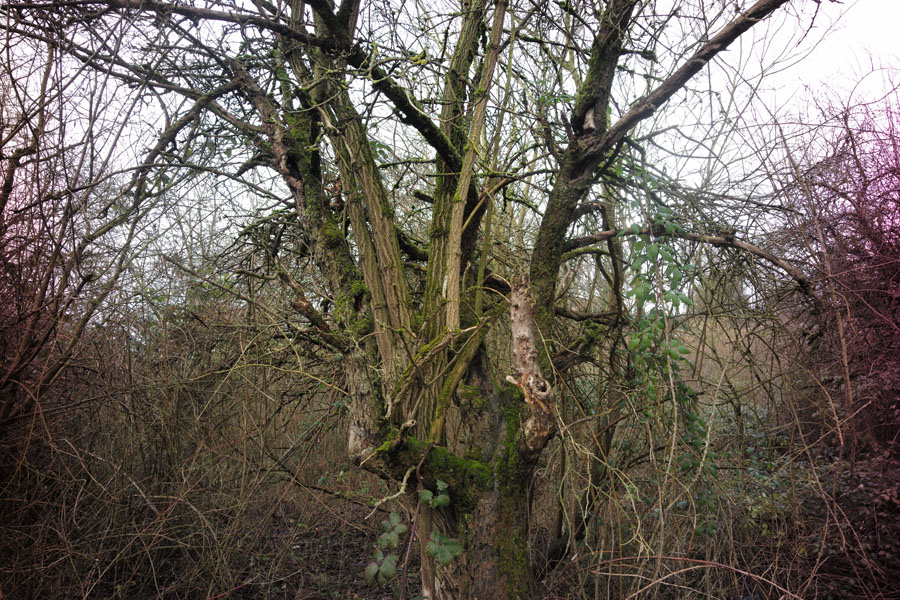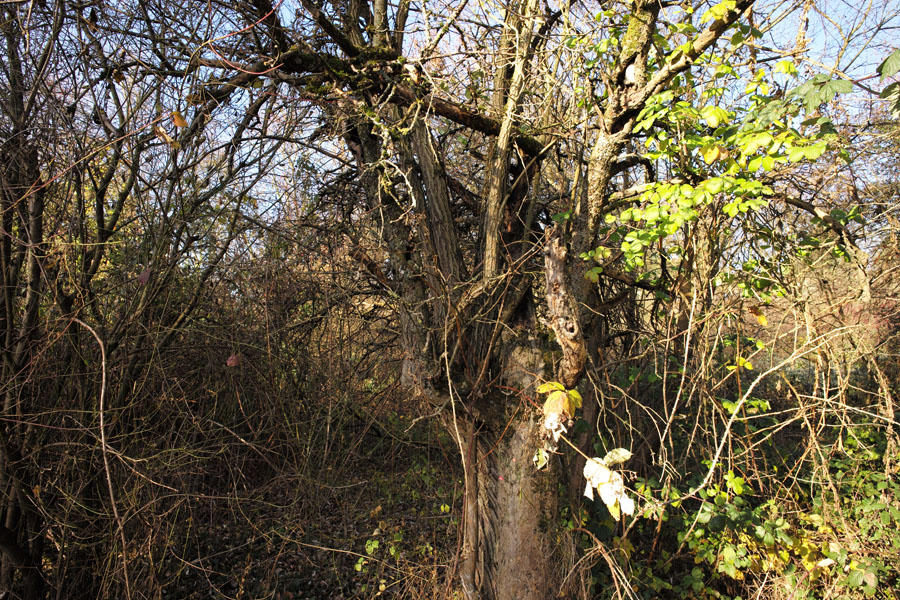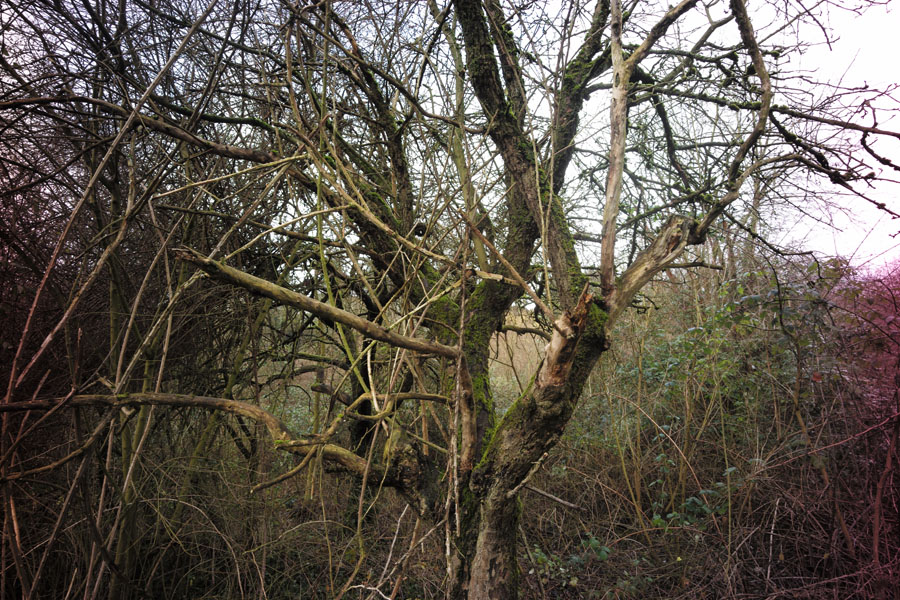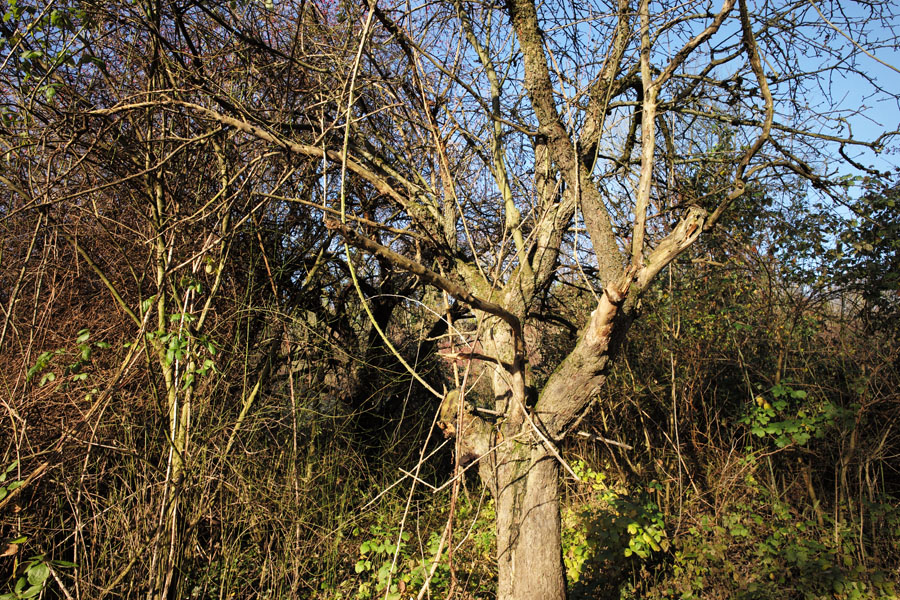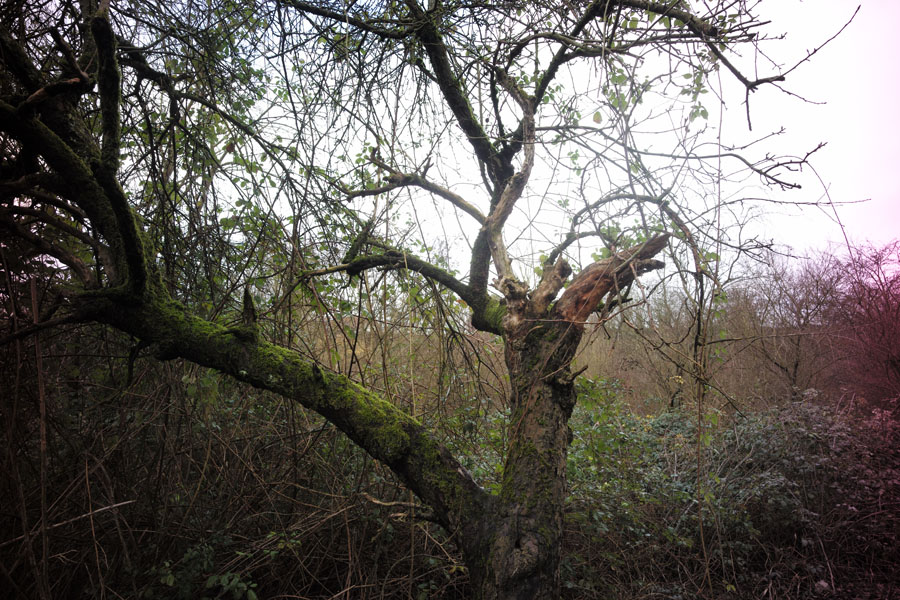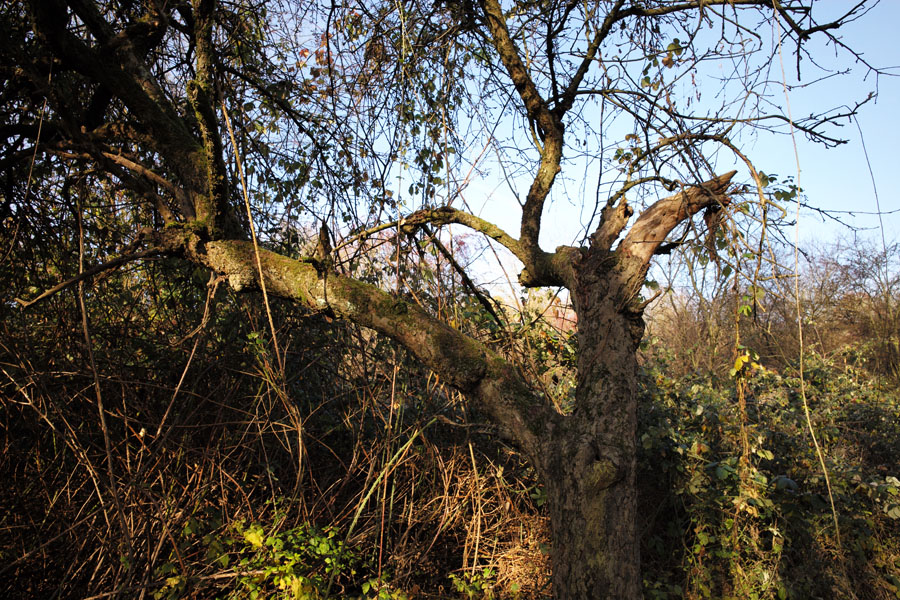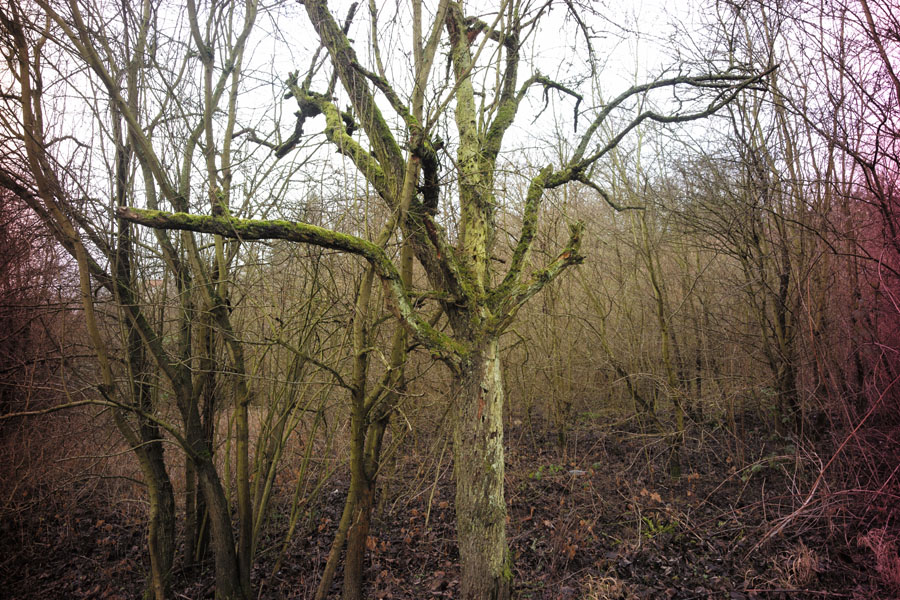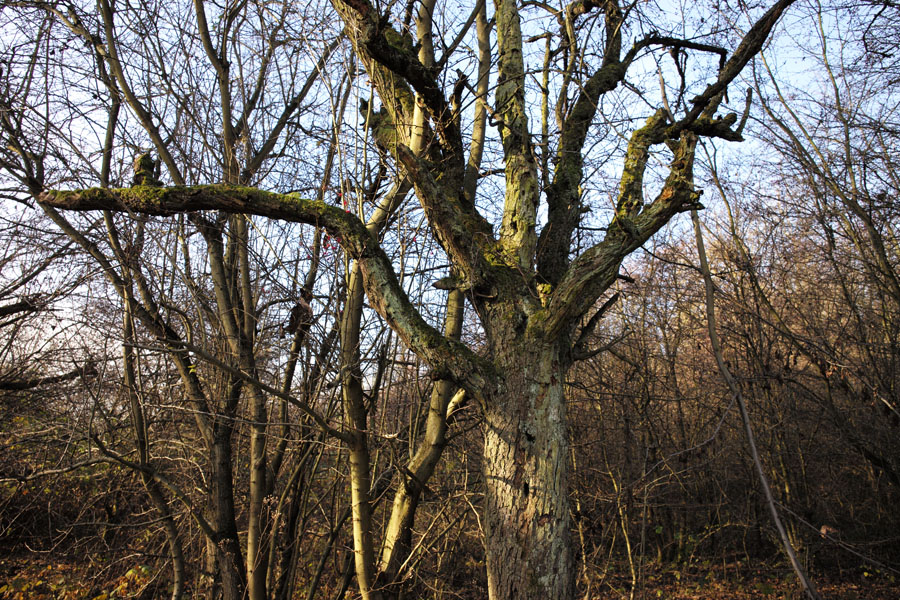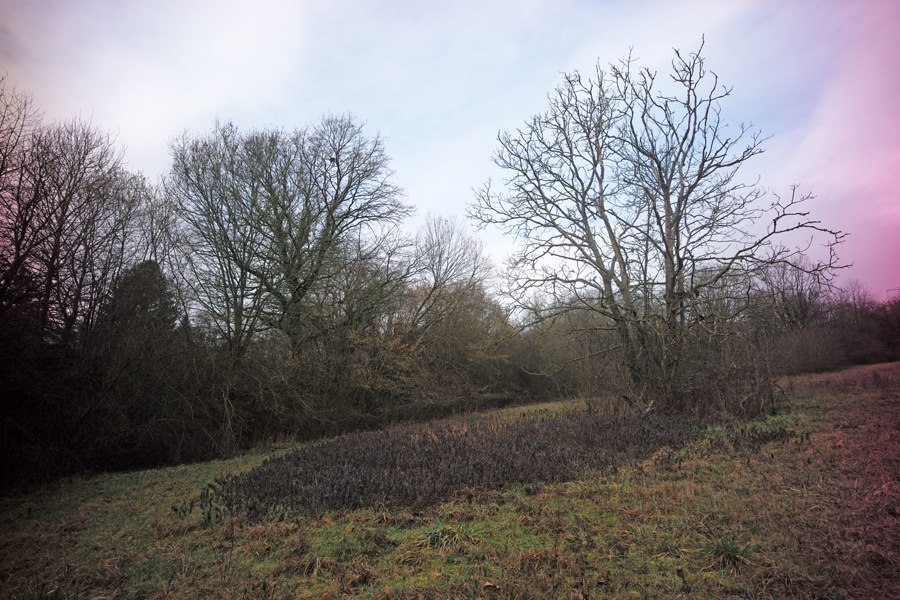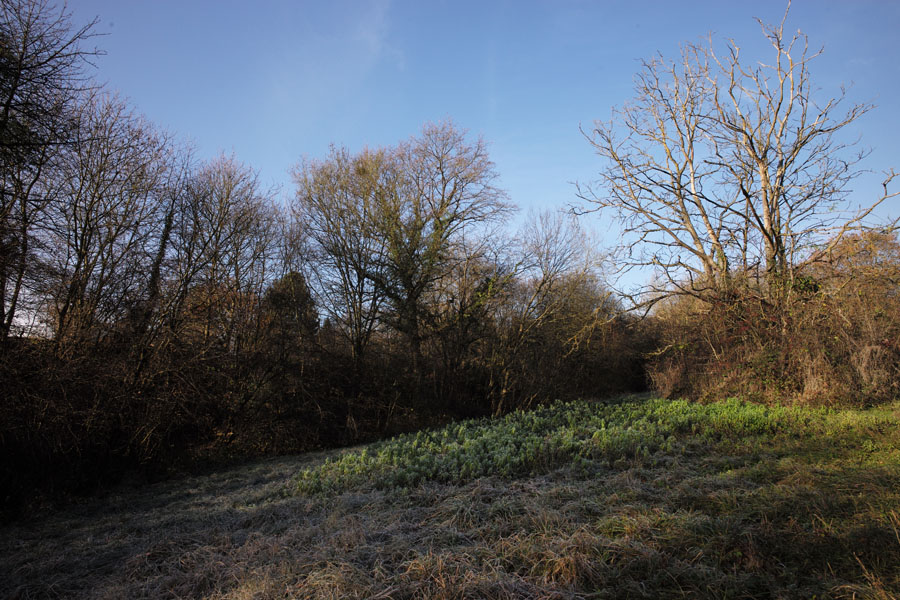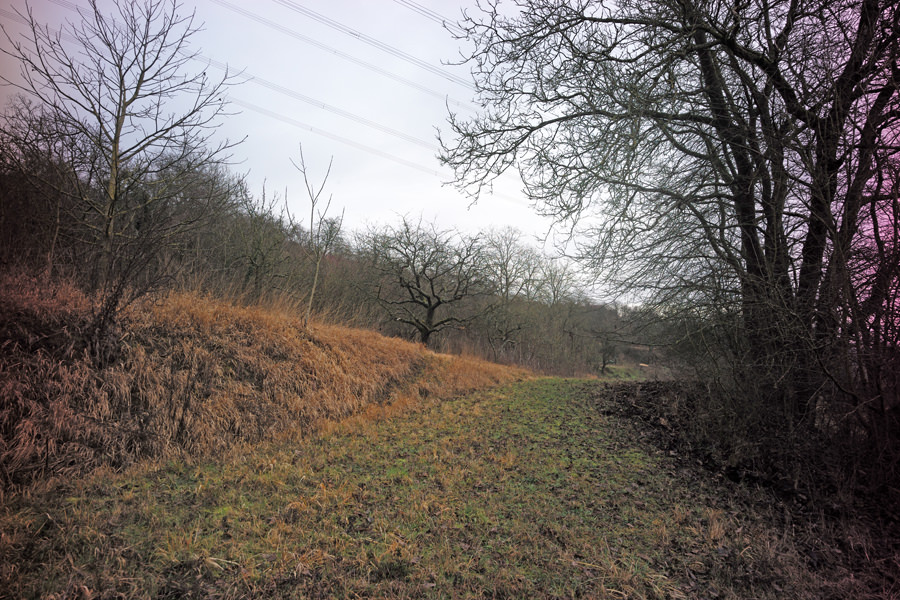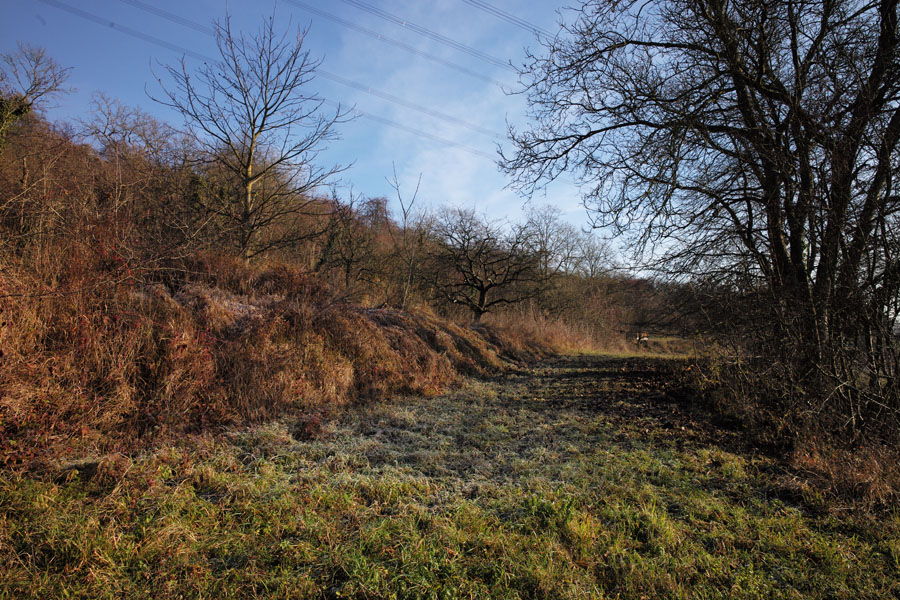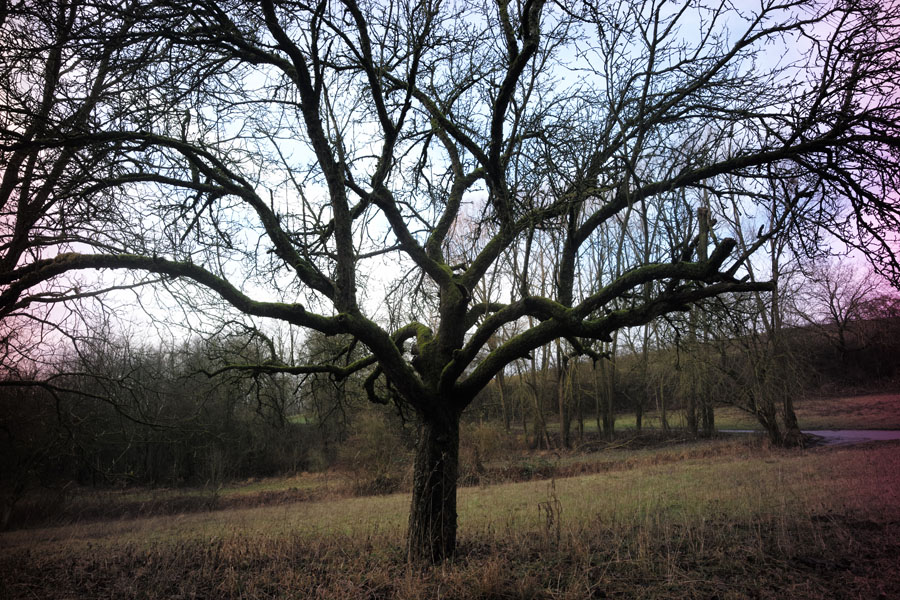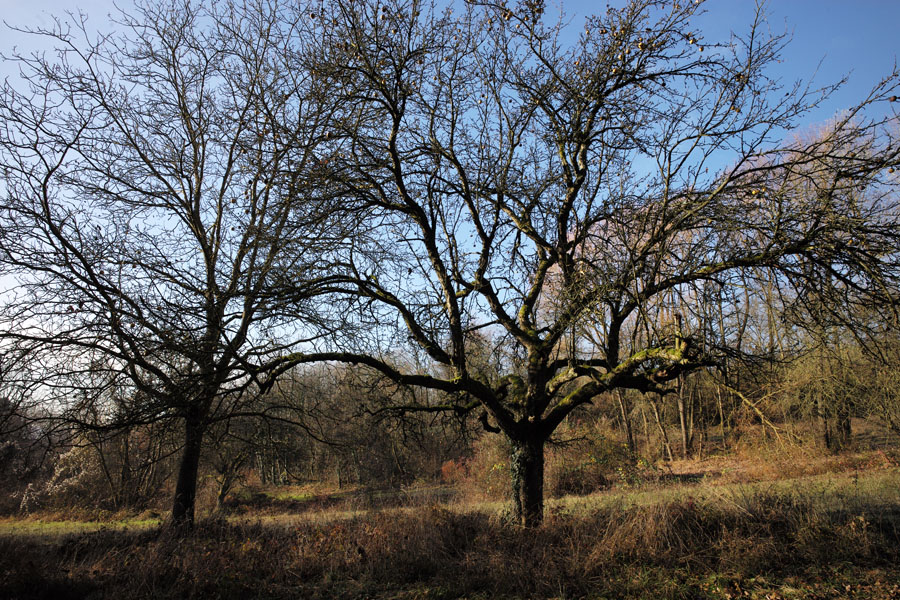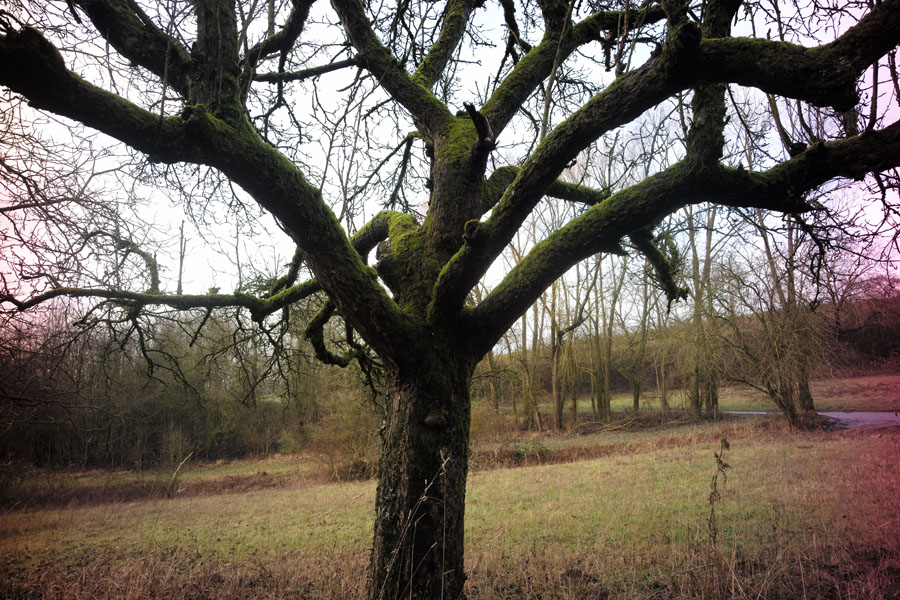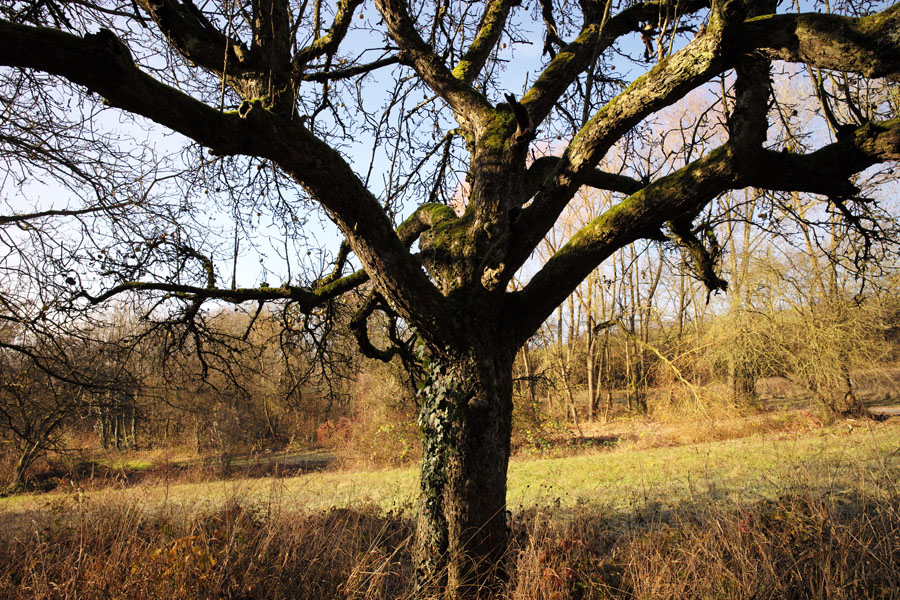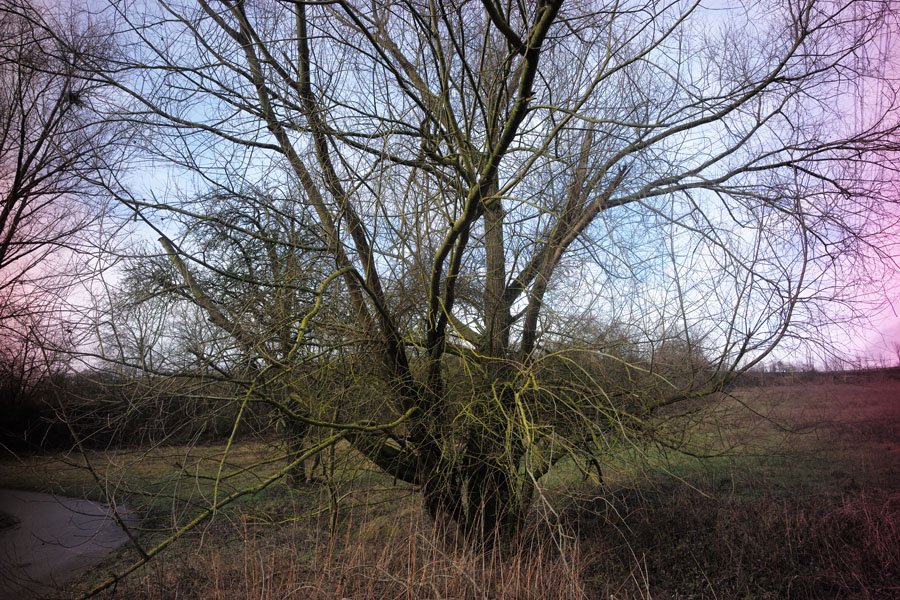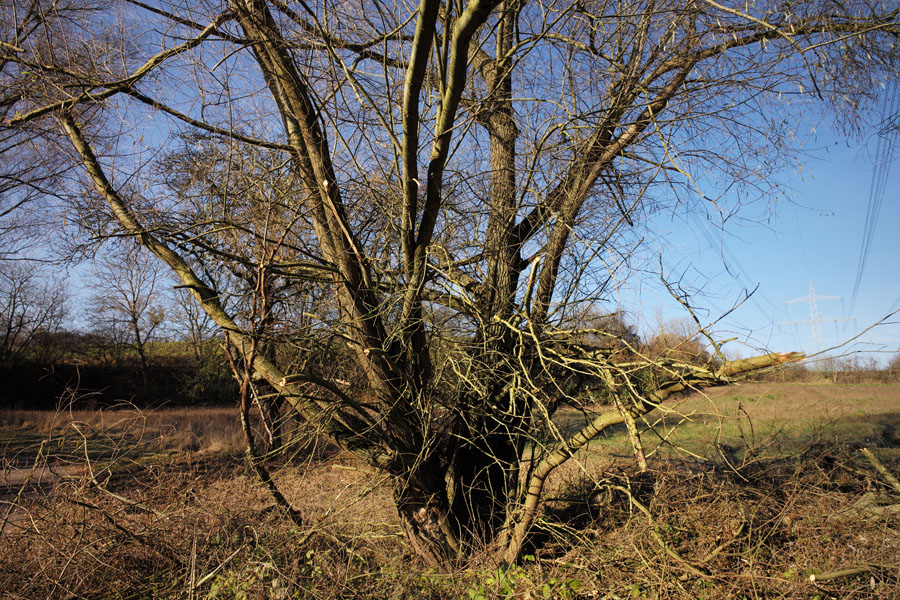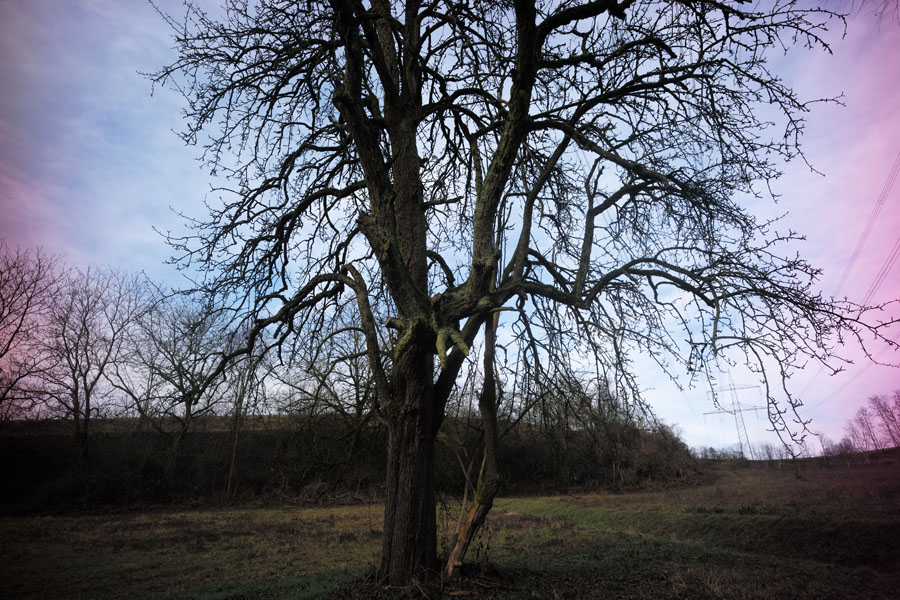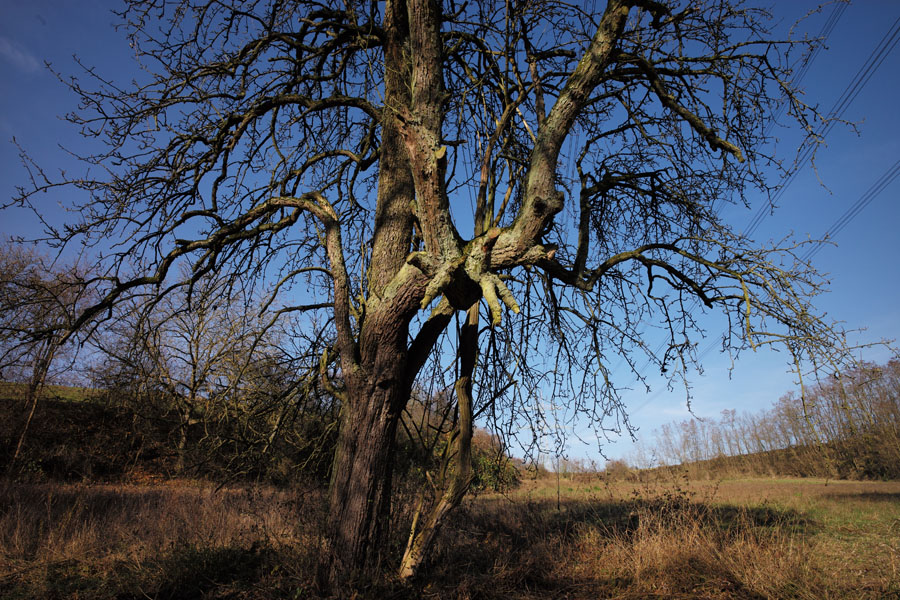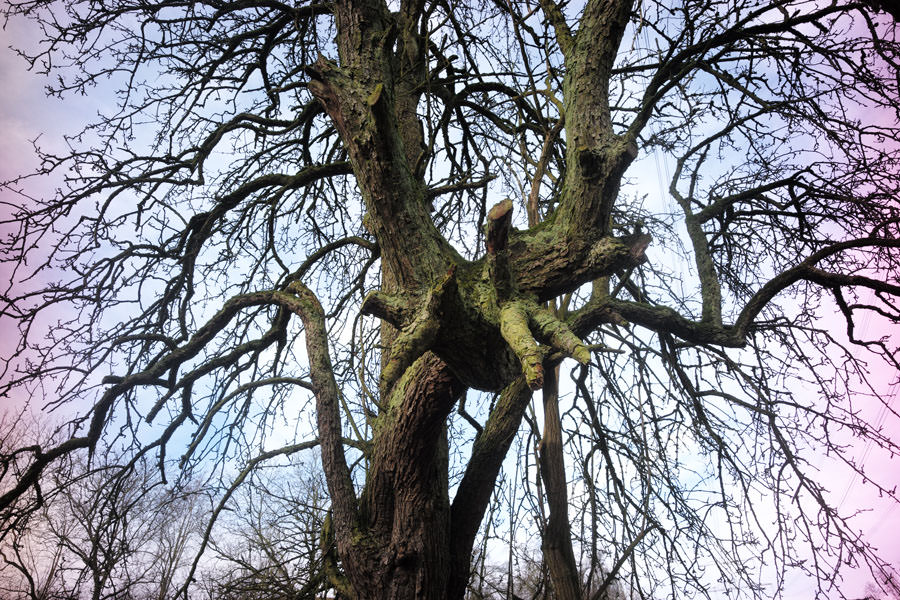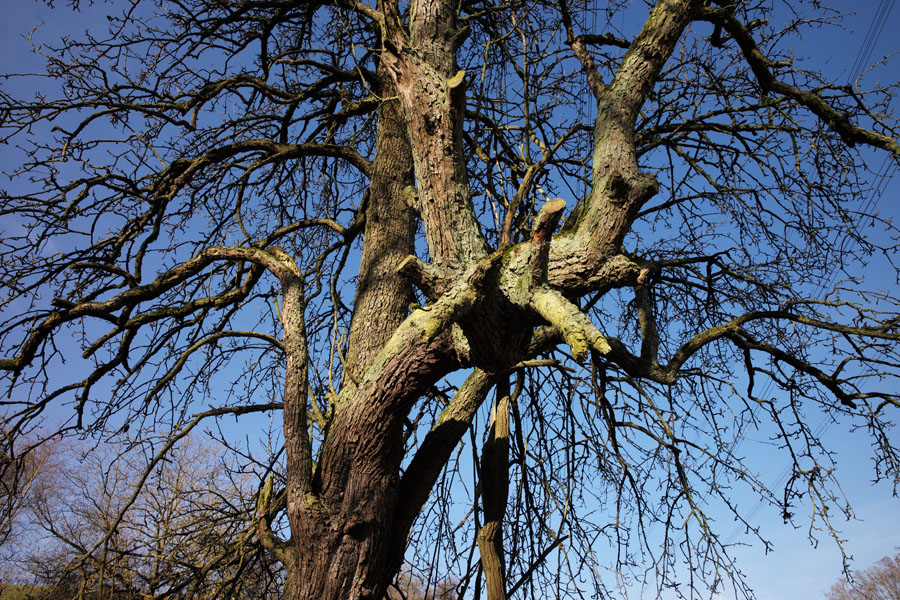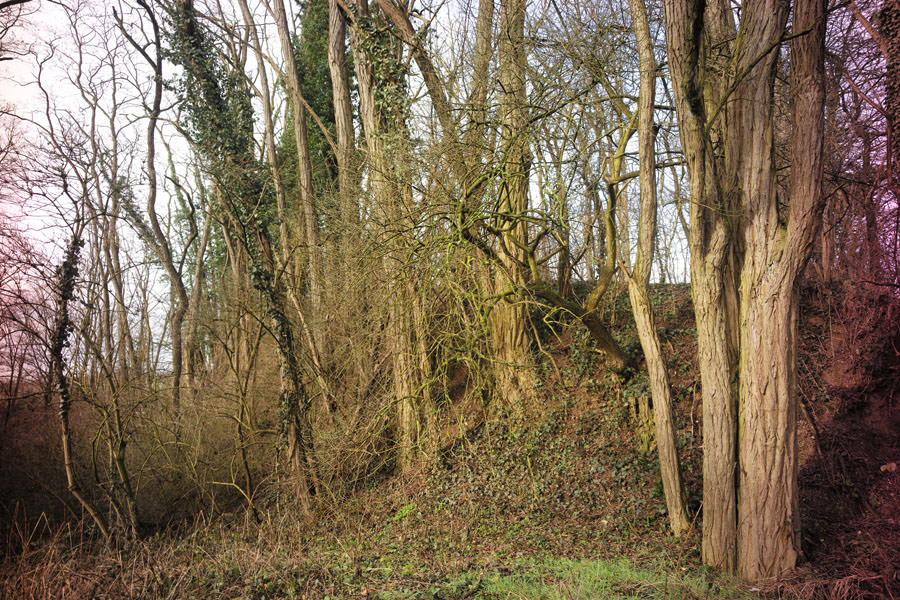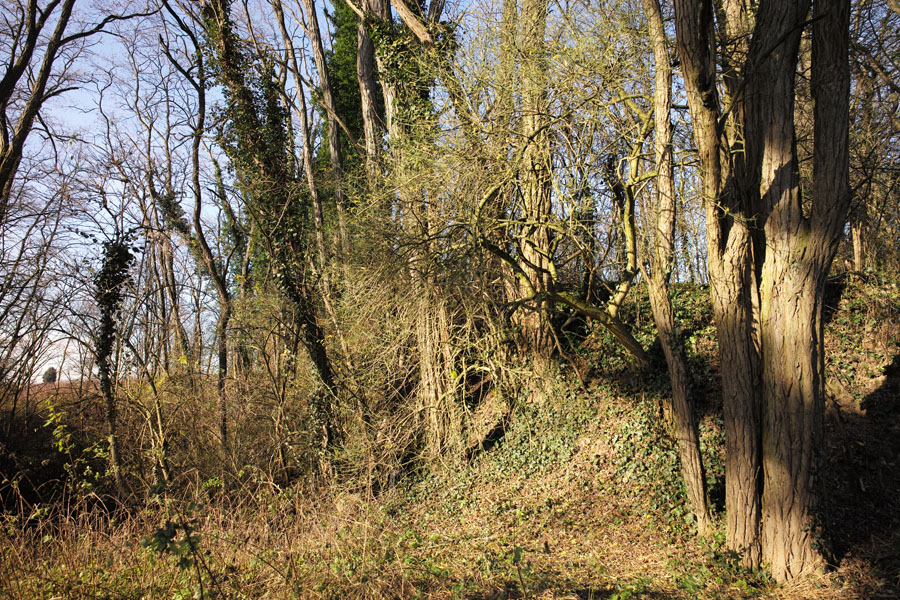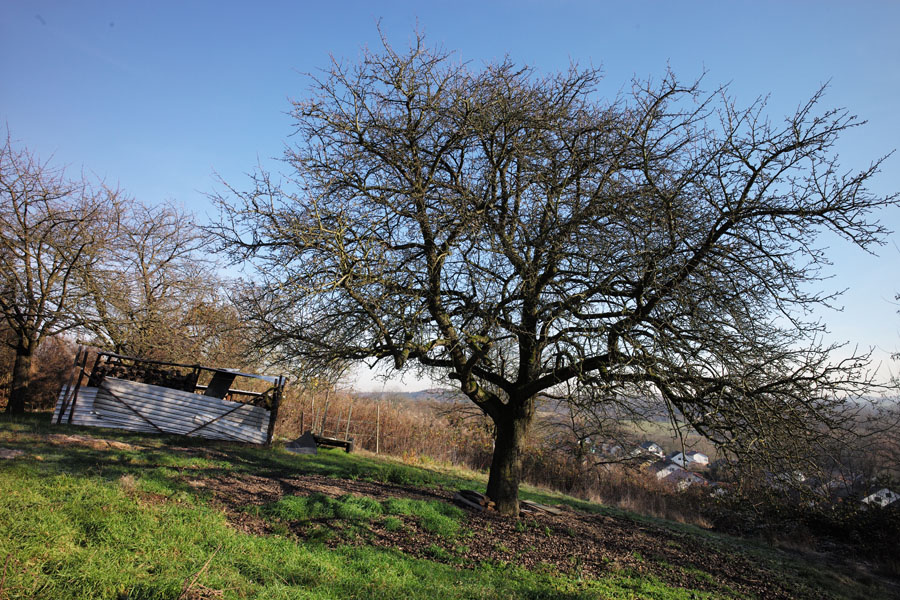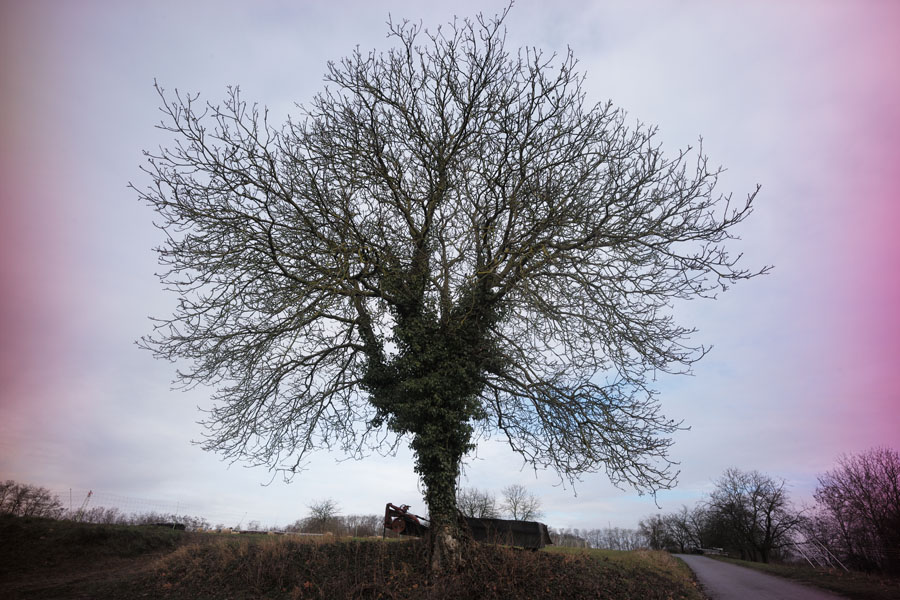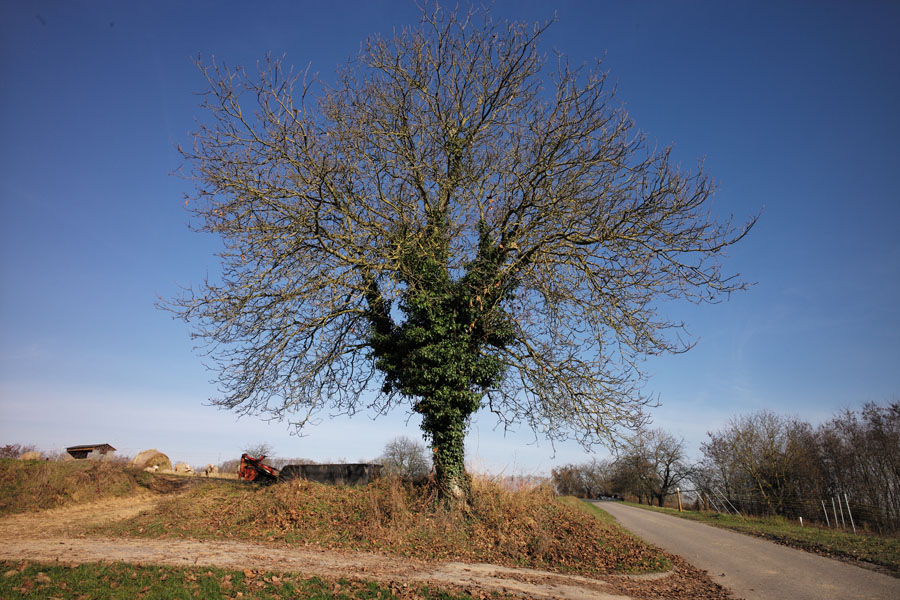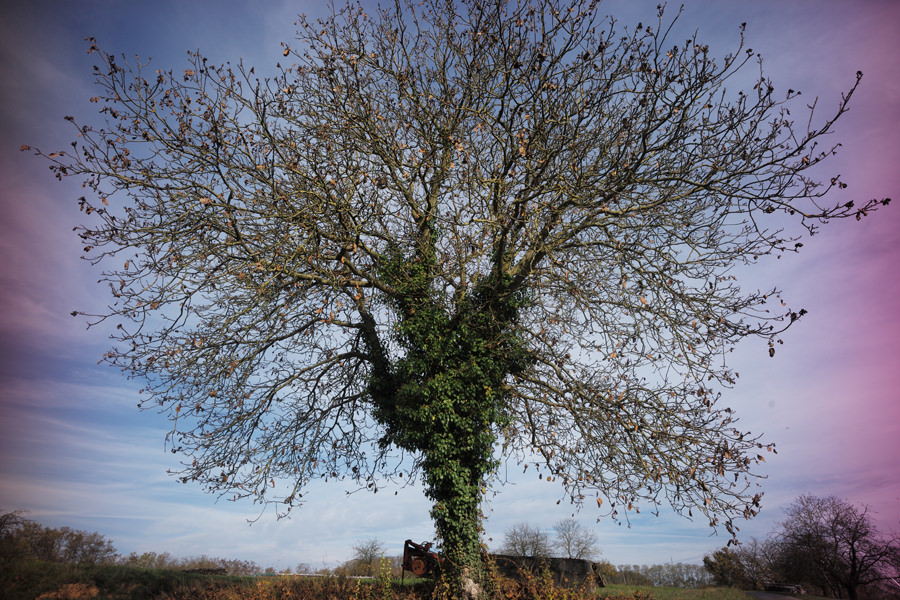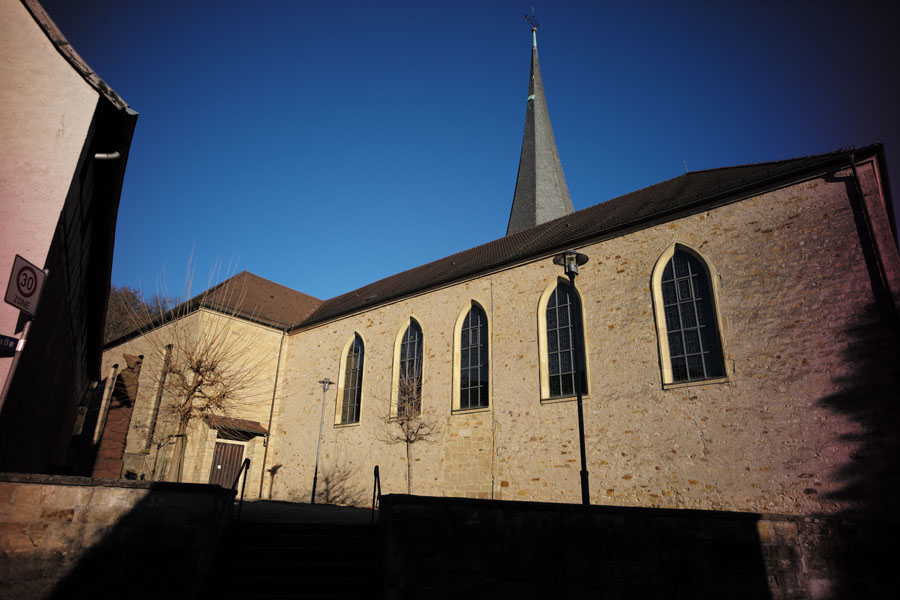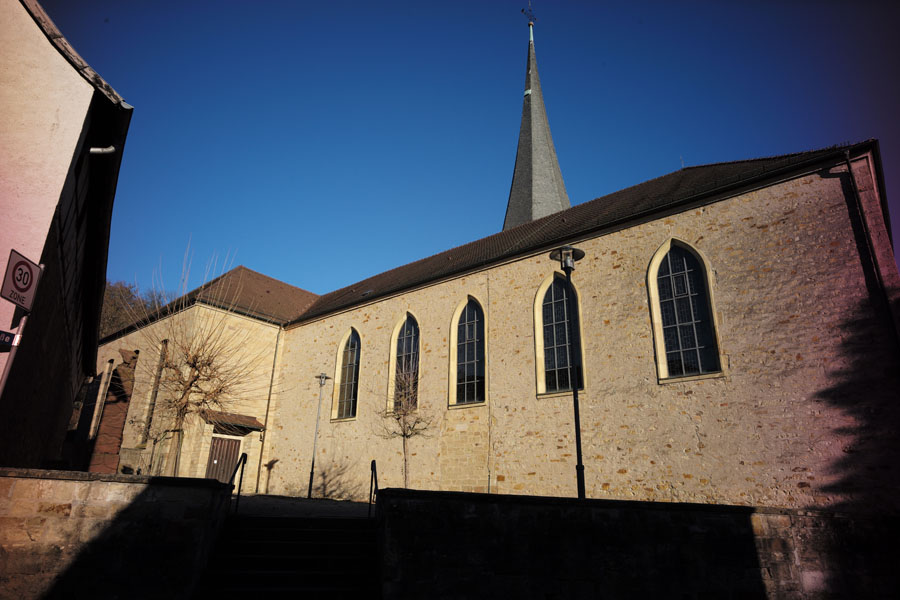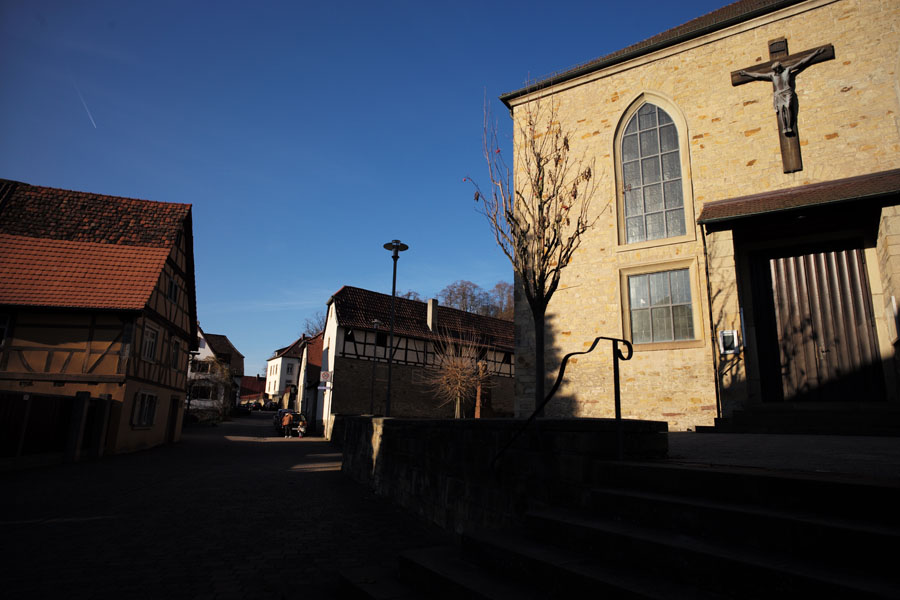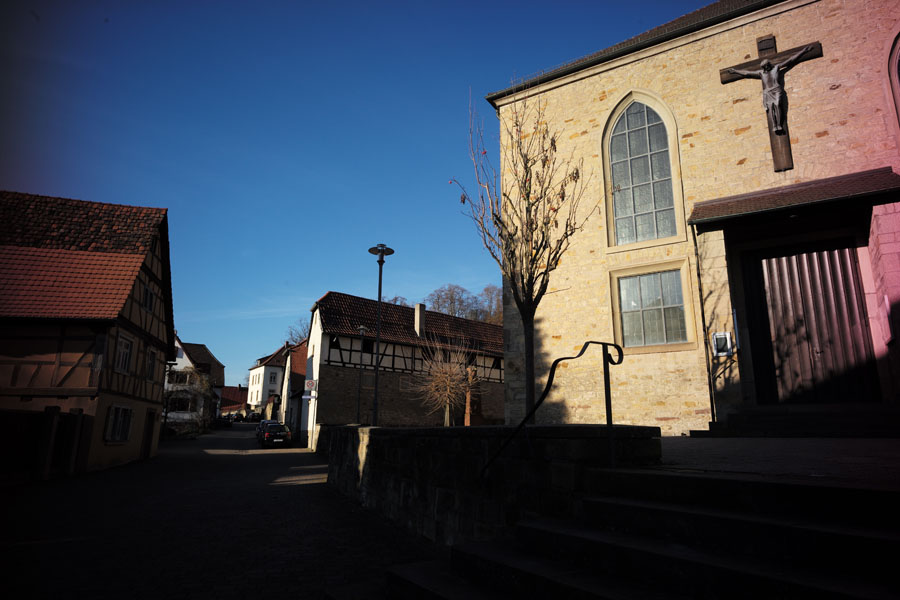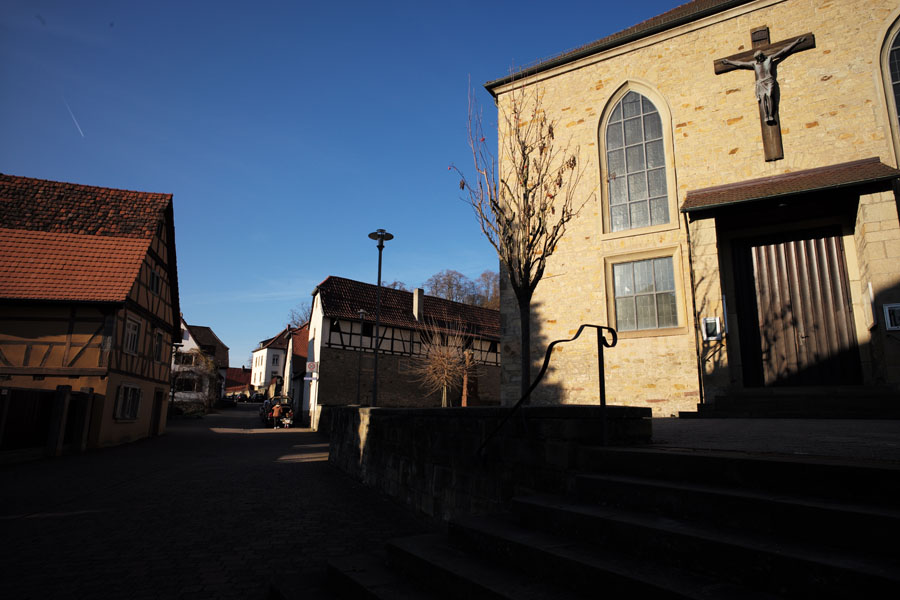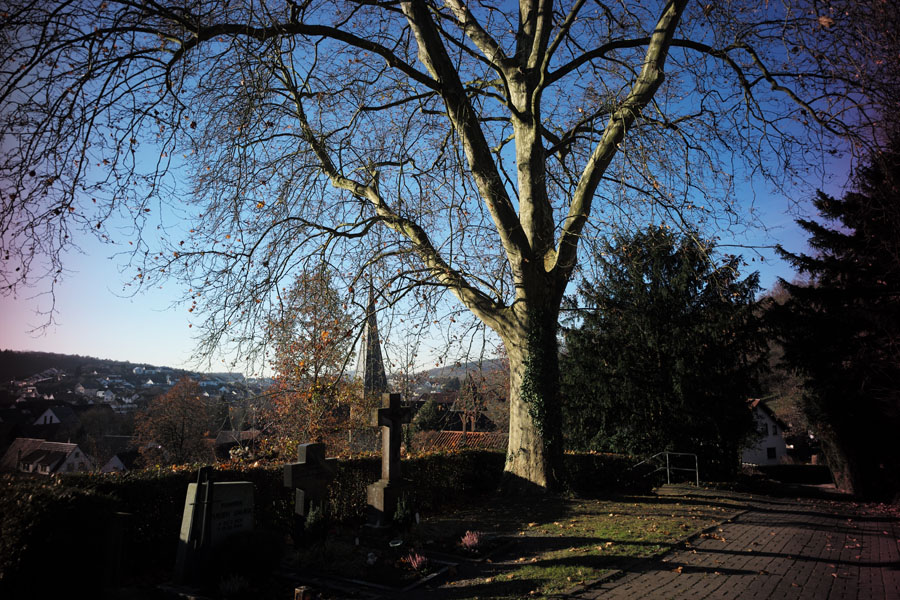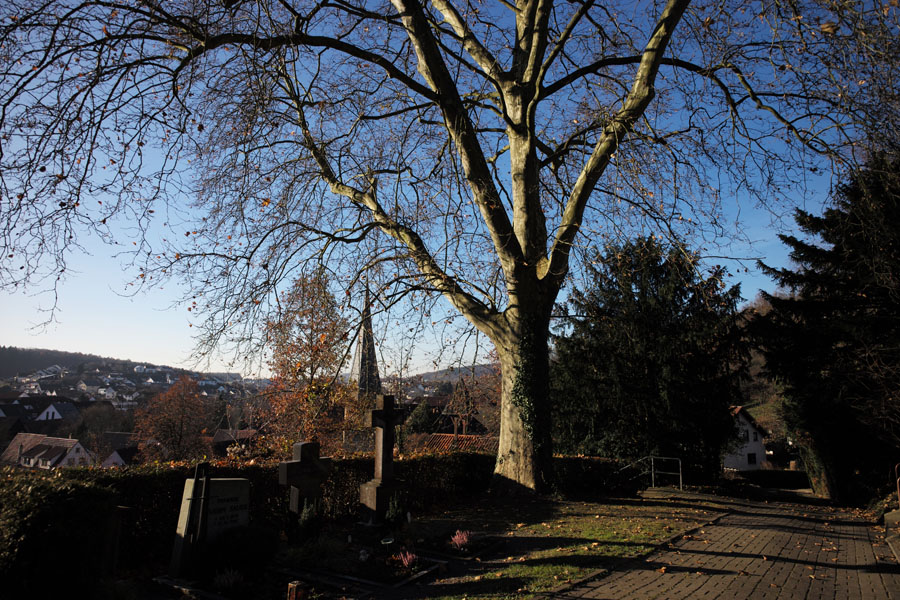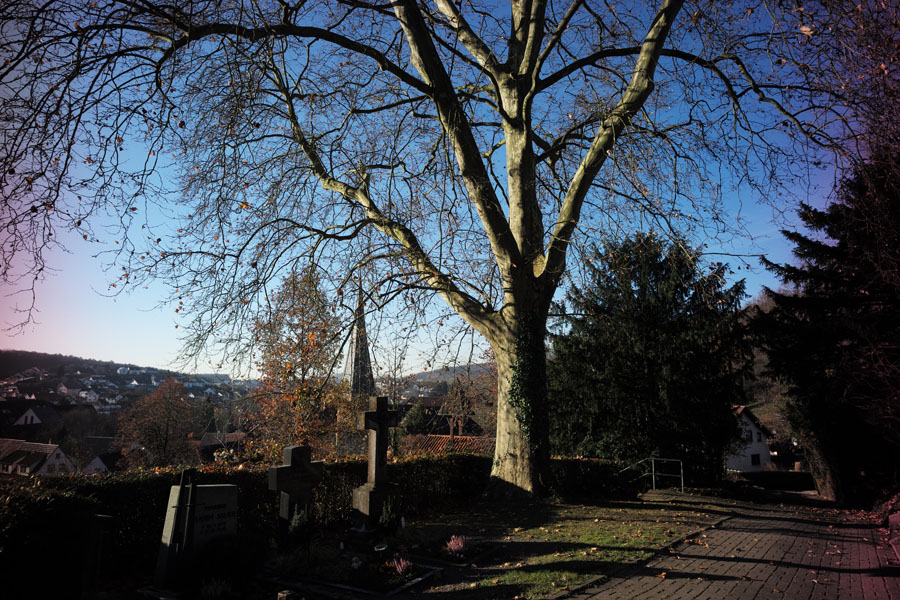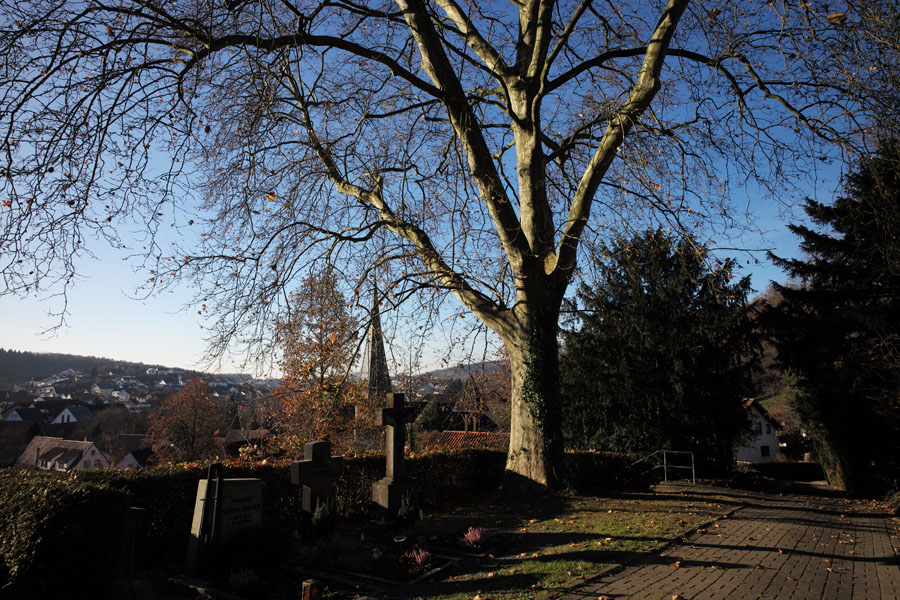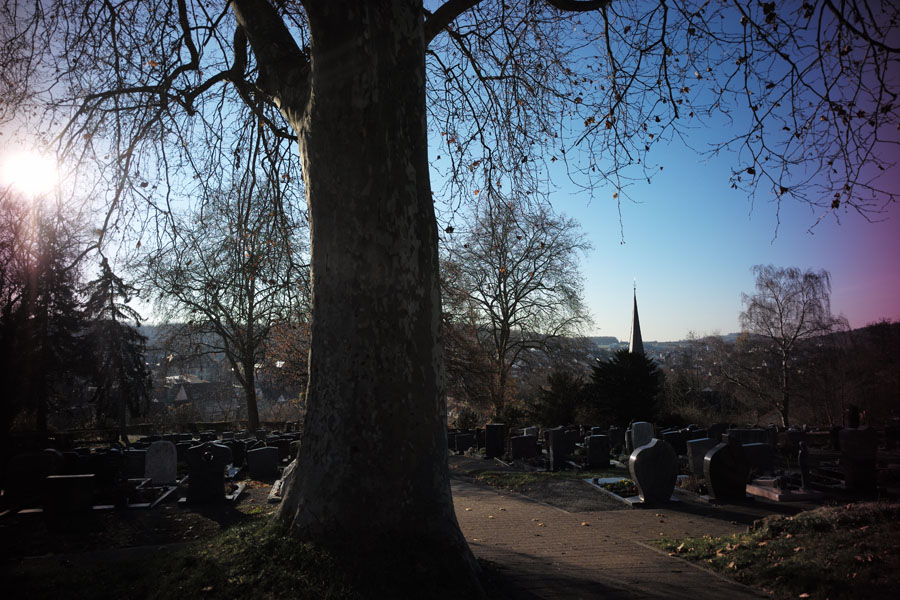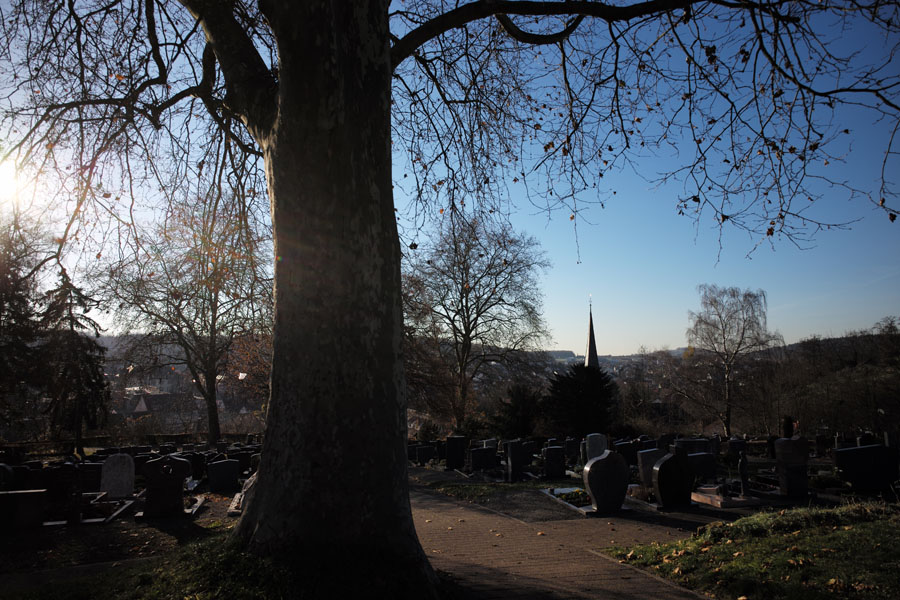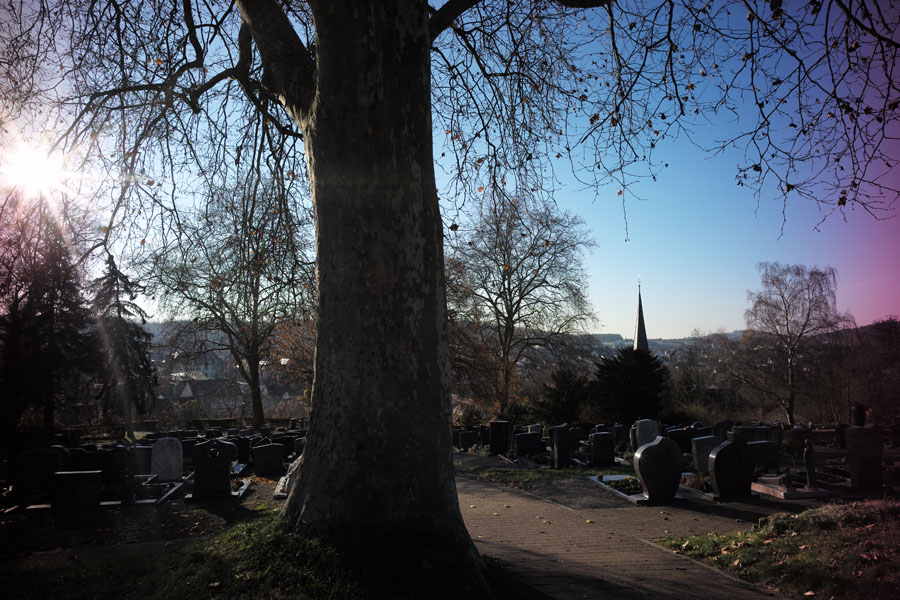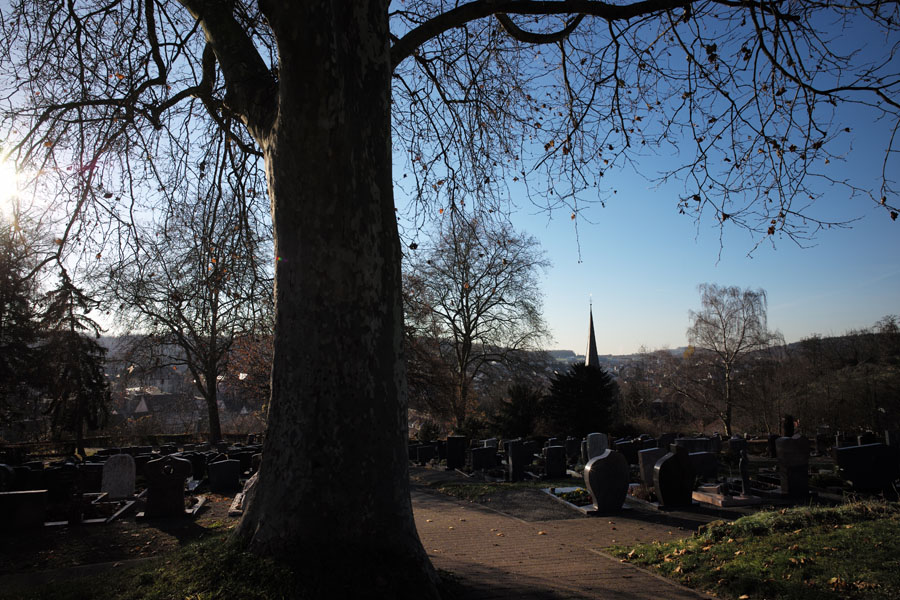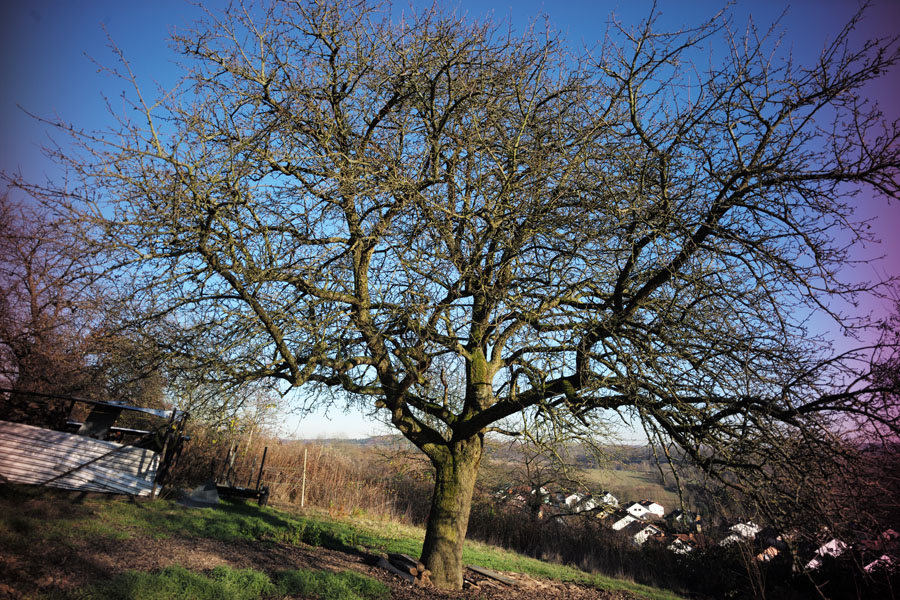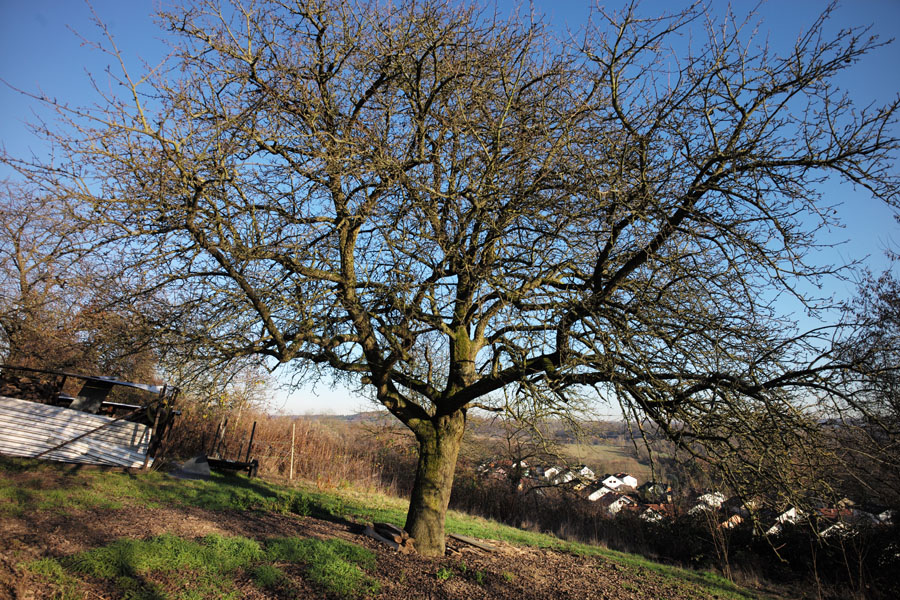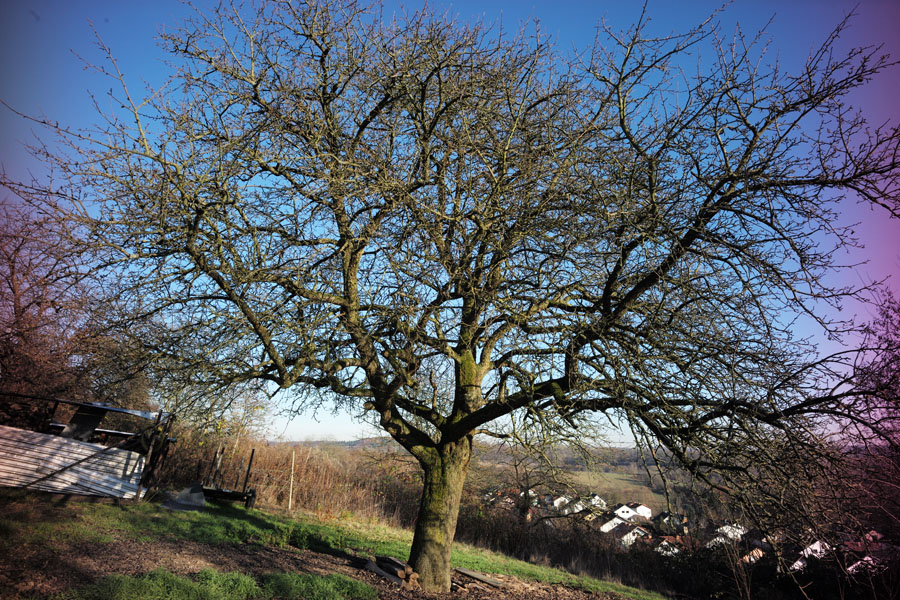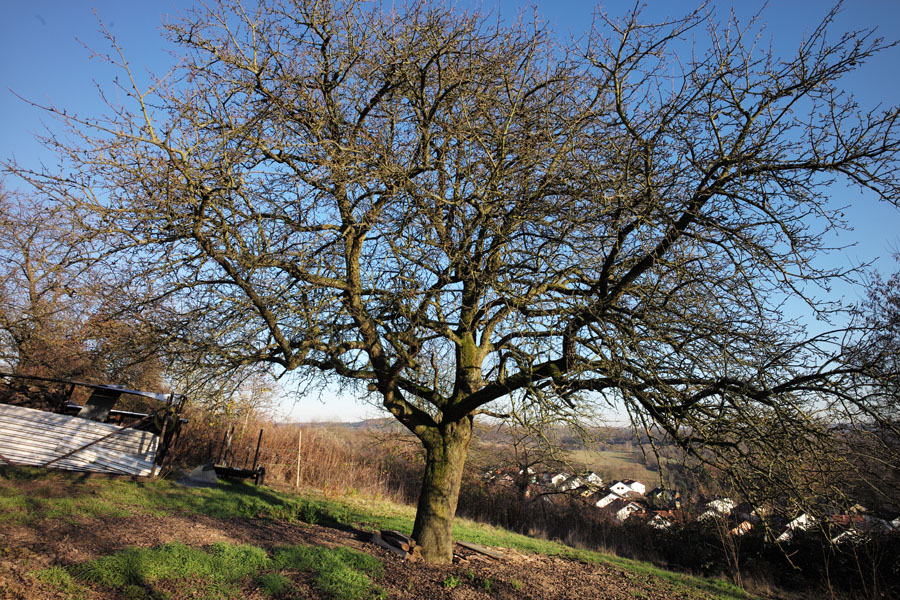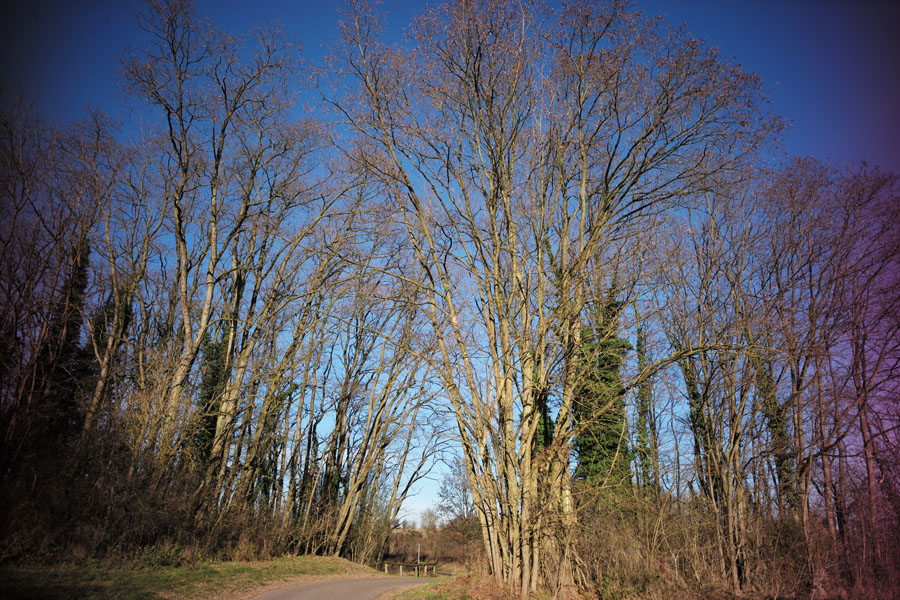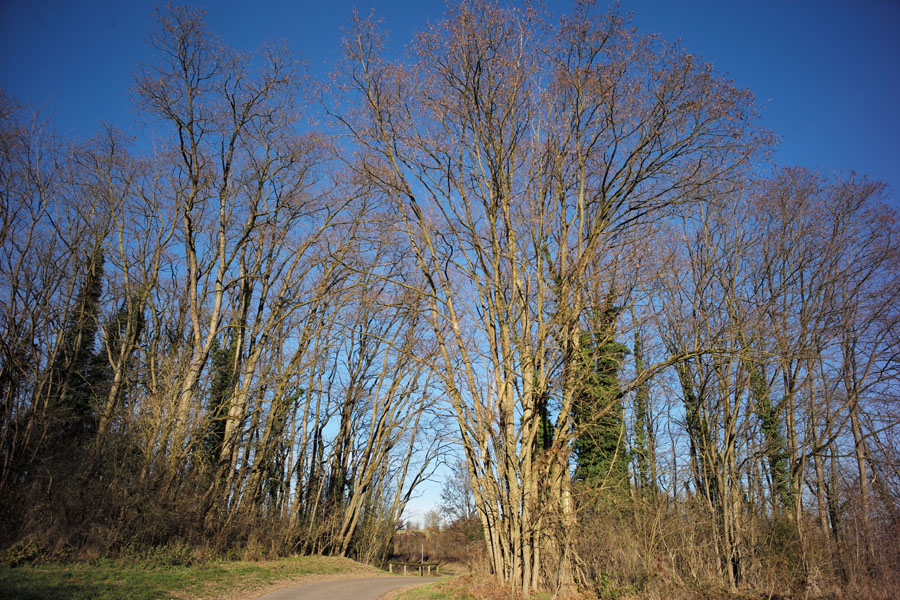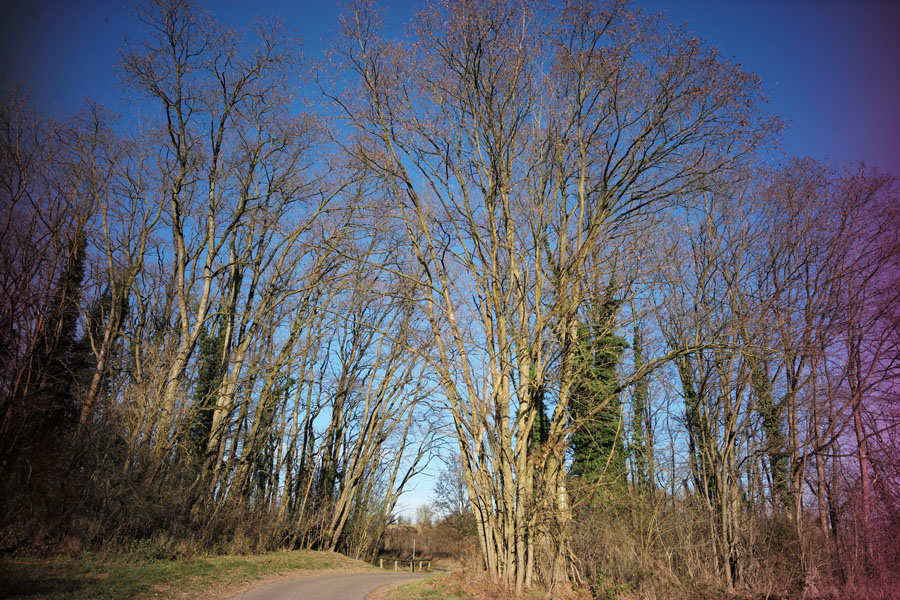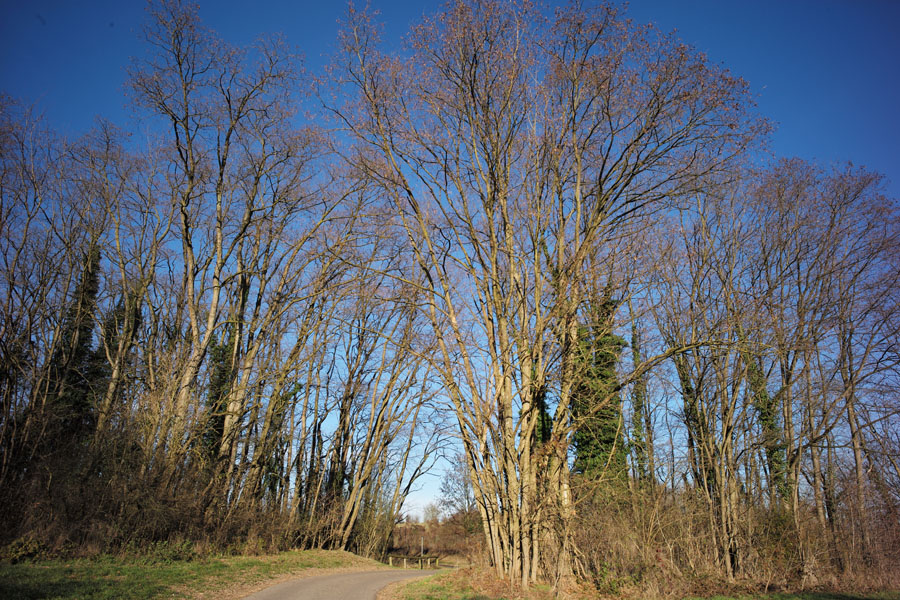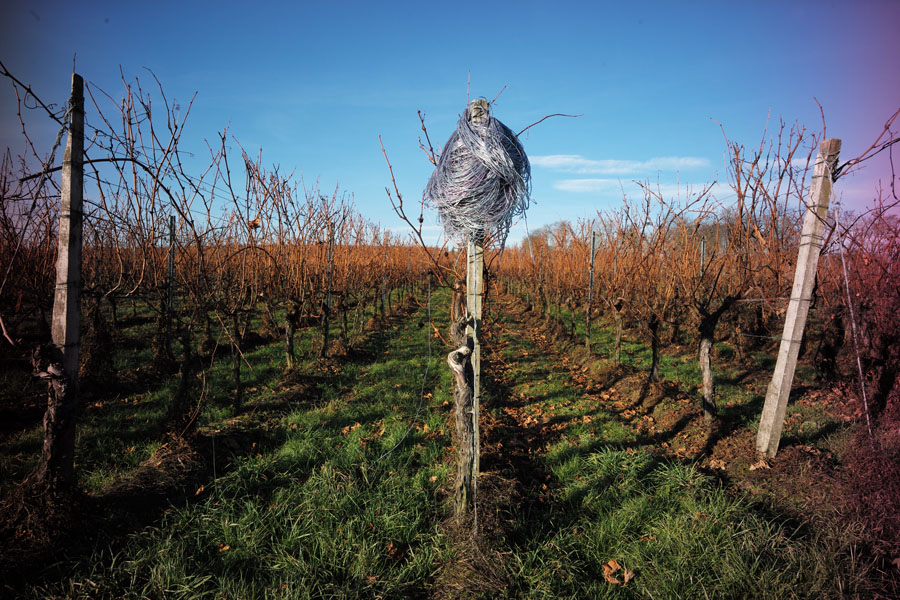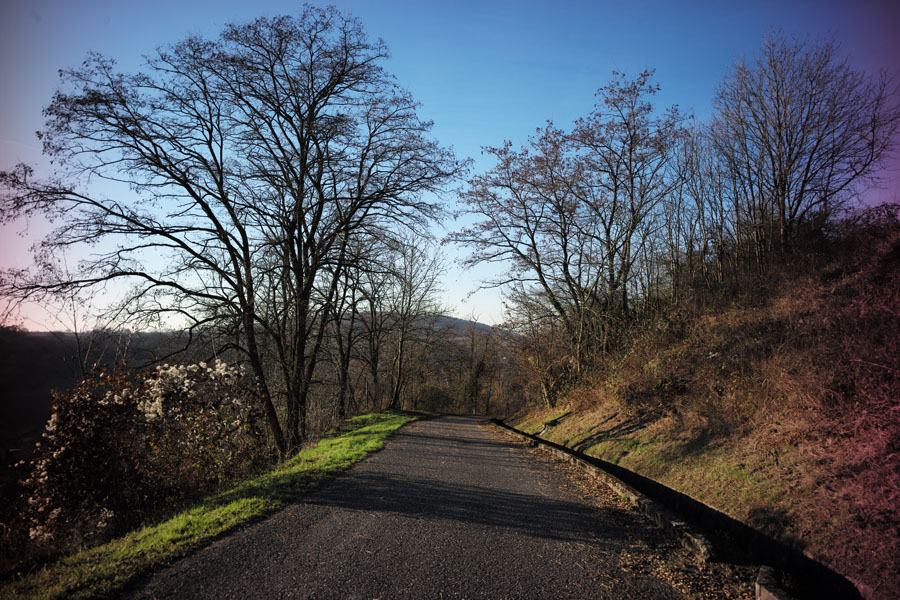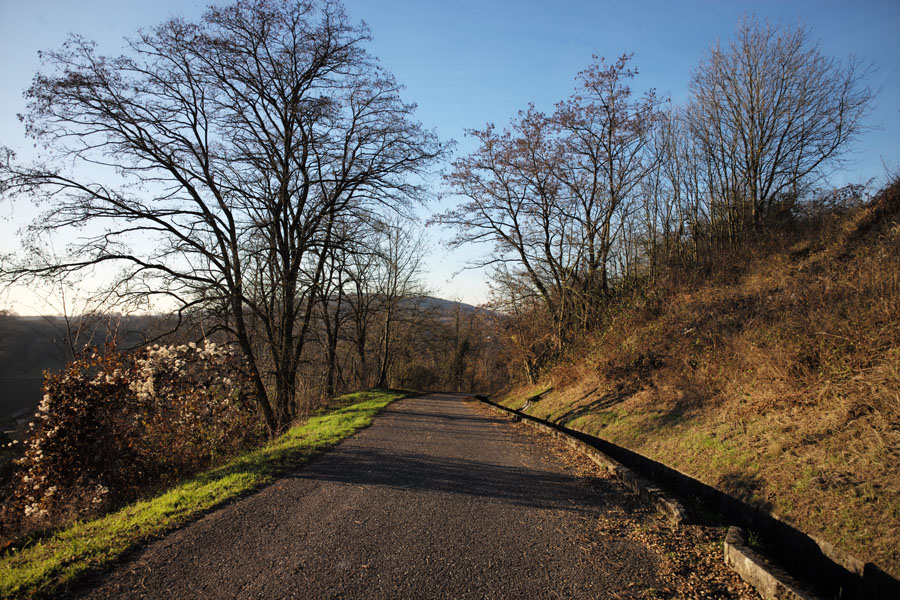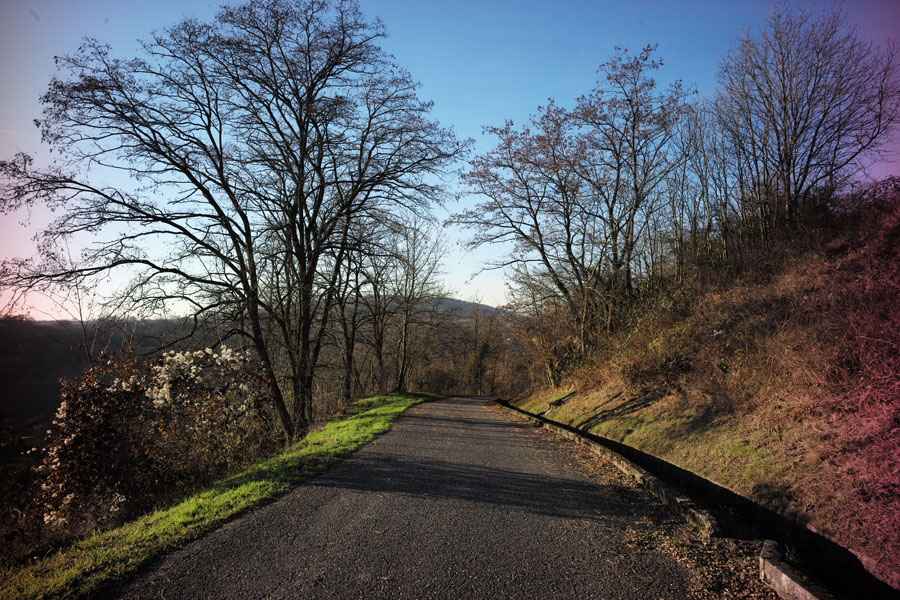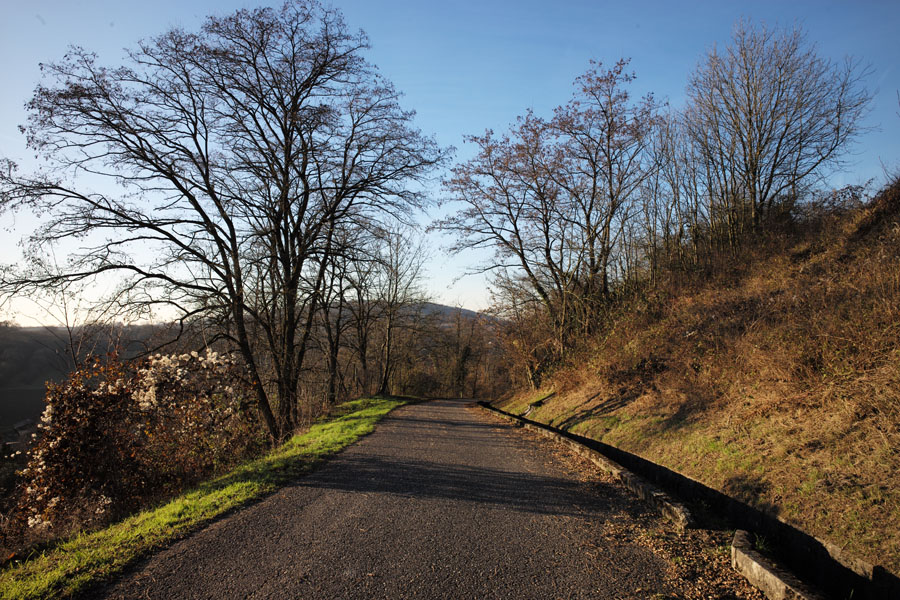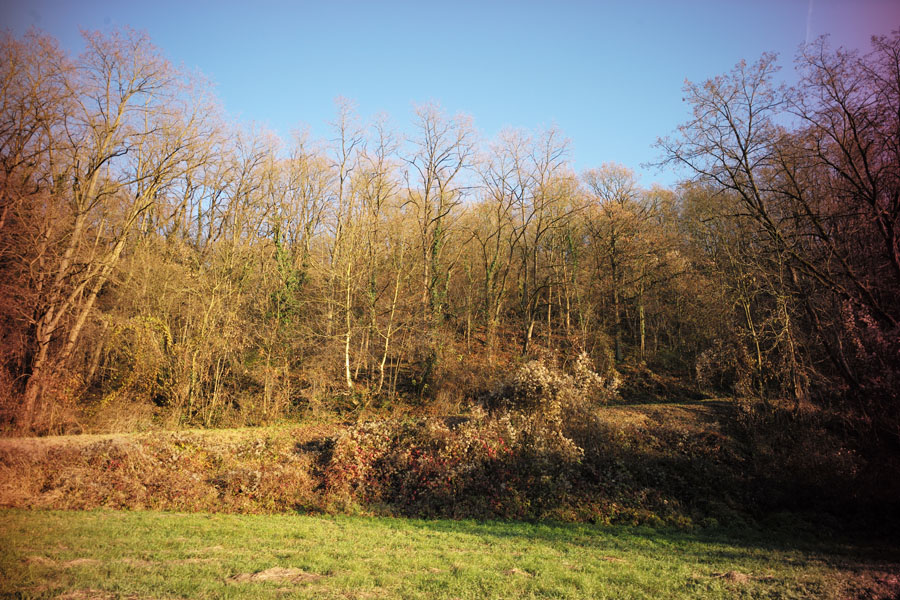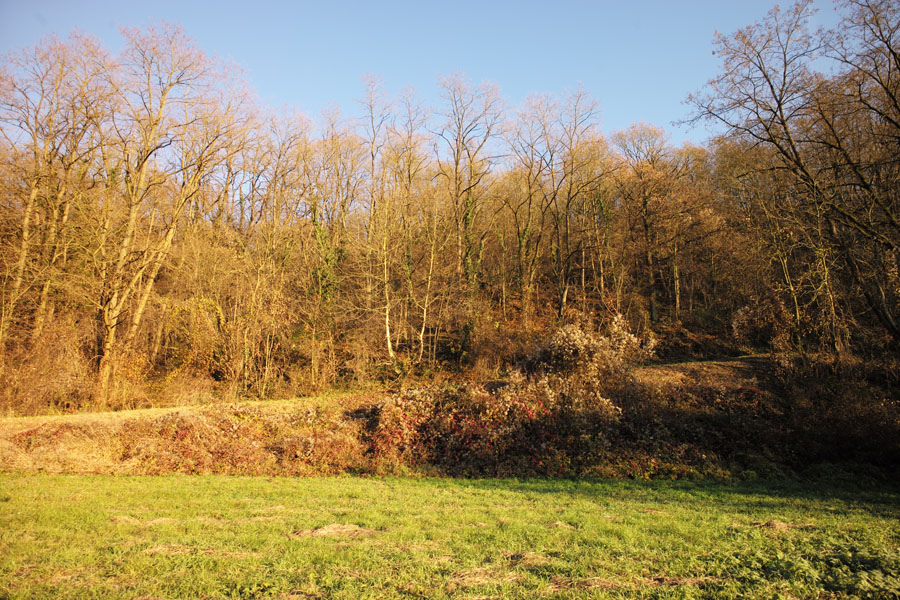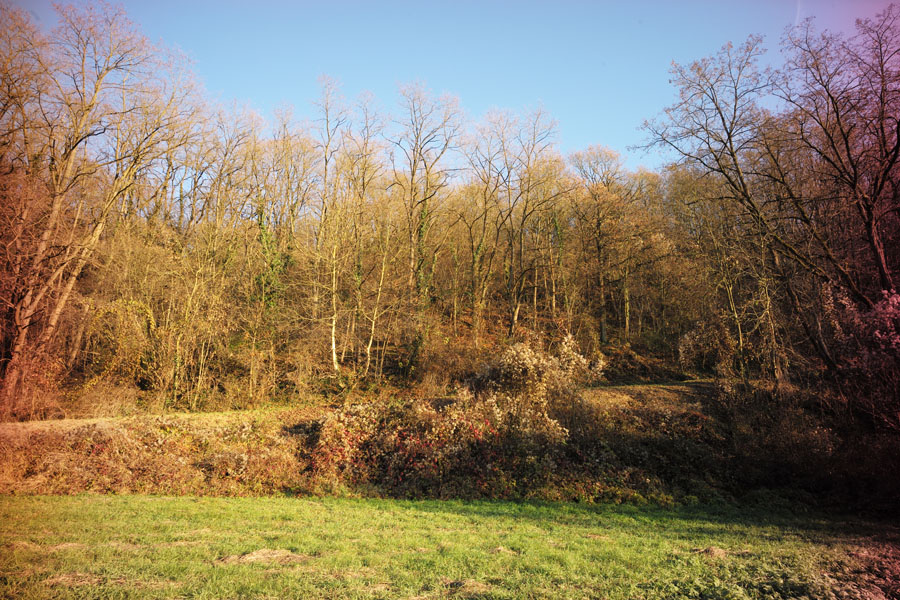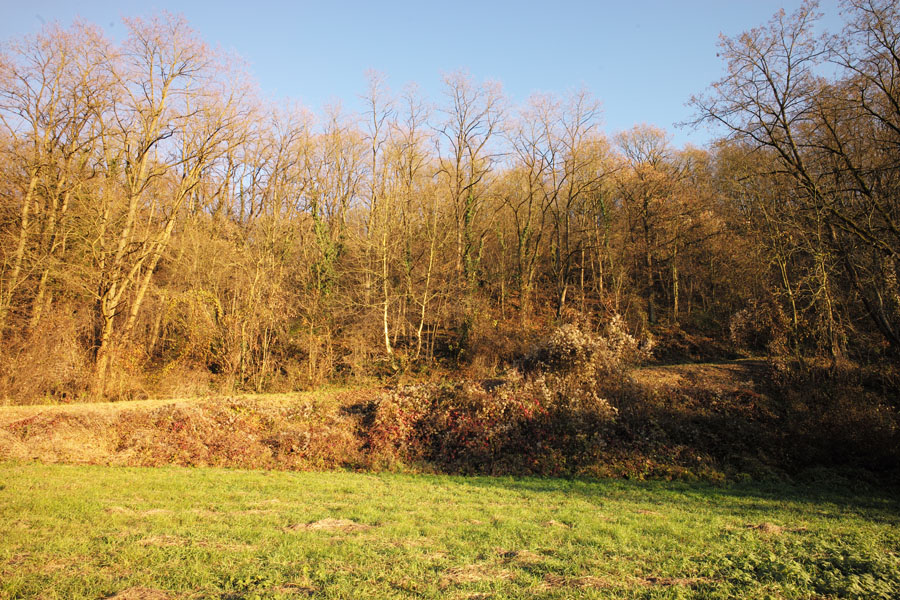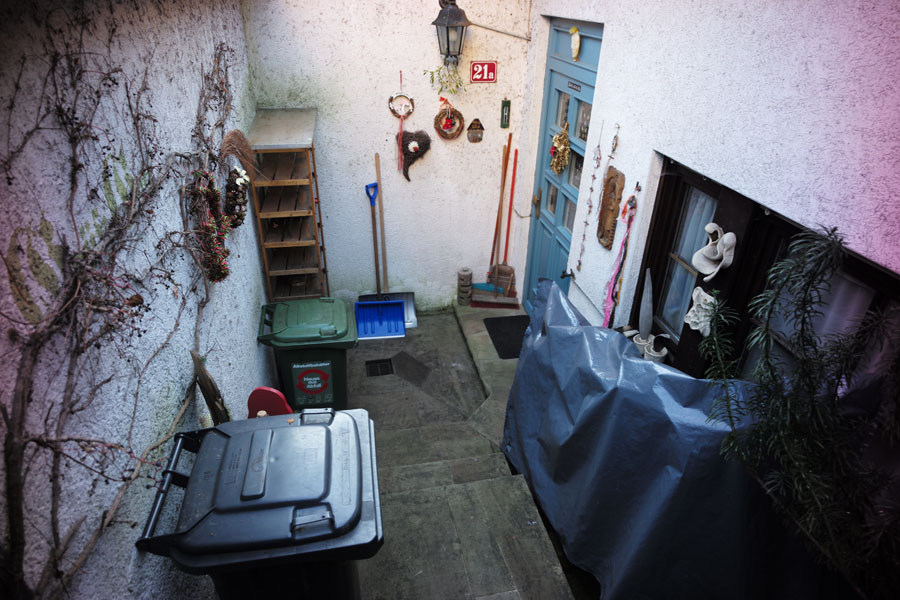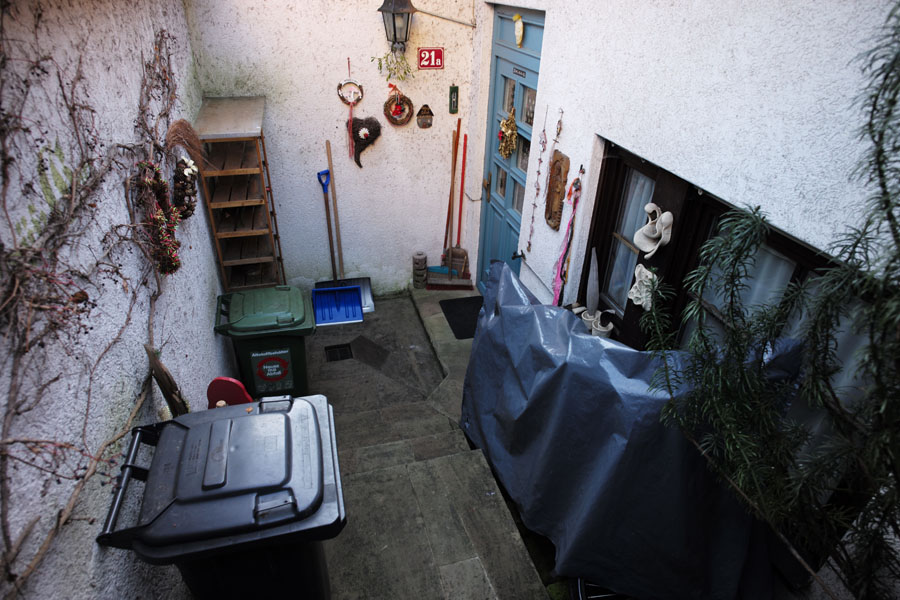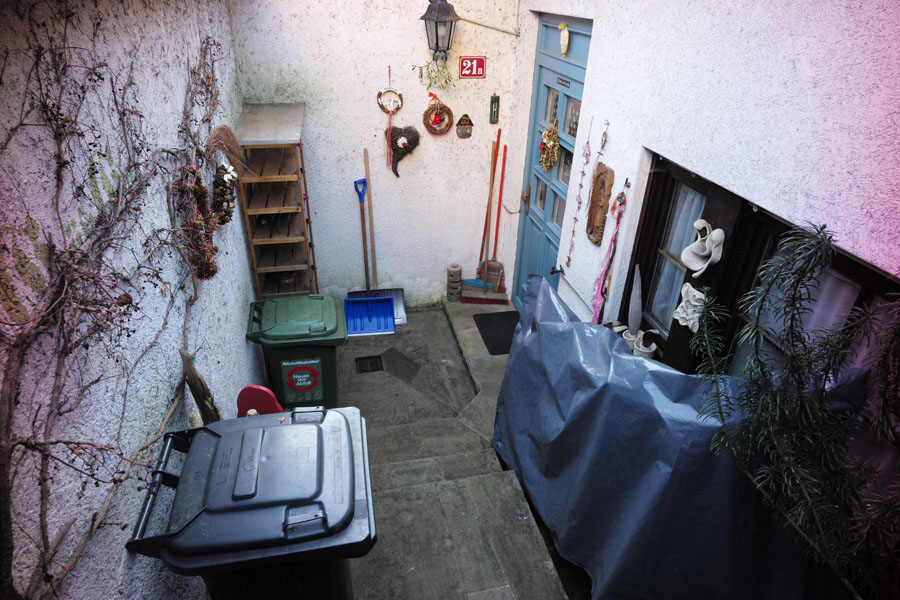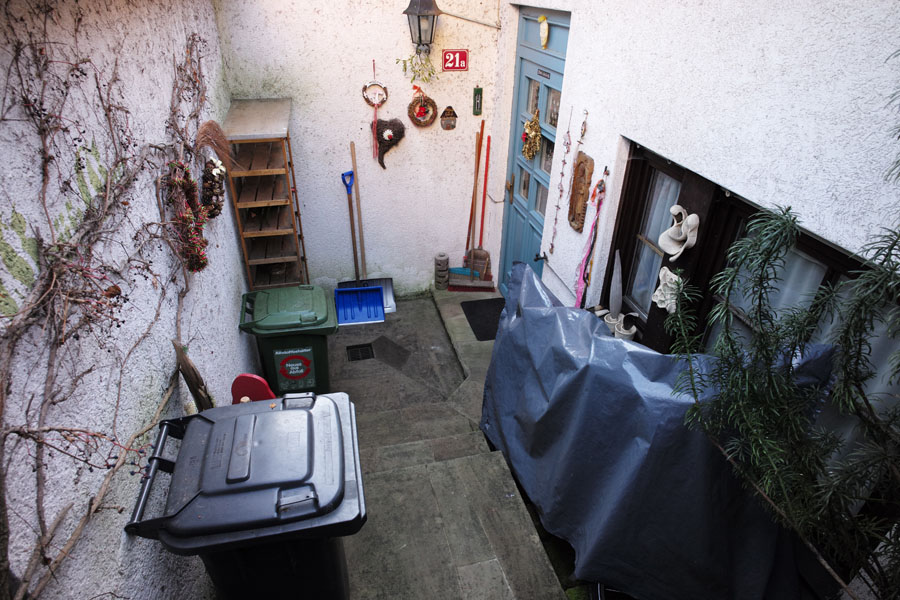Leica M (Typ 240): Leica Elmarit-M 21mm f/2.8 versus Zeiss Biogon 21mm f/4.5
Introduction | Body with Lens Attached | Some Technical Data | Sample Images | Conclusions | Links
Archive
| Note: At the end of 2016, I sold my Zeiss Biogon 21mm f/4.5 lens in favor of the Leica Elmarit-M 21mm f/2.8 ASPH. lens in order to have less trouble and work with color shading. I am therefore no longer able to answer questions about this lens. |
On these pages you can find my first personal experiences with the lenses at the Leica M (Typ 240) and more. This page is devoted to the Leitz Elmarit-M 21mm f/2.8 ASPH. and the Zeiss Biogon 21mm f/4.5 lenses, which have the same focal length and are therefore compared here. I sold the Zeiss Biogon because of the strong color shading at the edges; otherwise it is a fine lens. As a replacement, I bought the Leitz Elmarit-M 21mm f/2.8 ASPH. lens.
All lens pages: Voigtländer 15mm f/4.5 | Voigtländer 15mm f/4.5 III | Zeiss Biogon 21mm f/4.5 | Leica Elmarit-M 21mm f/2.8 ASPH. | Leica Elmar-M 24mm f/3.8 ASPH. | Voigtländer 25mm f/4 (M39) | Minolta M-Rokkor 28mm f/2.8 | Zeiss Biogon 35mm f/2.8 | Zeiss Sonnar 50mm f/1.5 | Voigtländer 75mm f/2.5 (M39) | Leitz Elmar-C 90mm f/4 | Leitz Tele-Elmarit-M 90mm f/2.8 | Leitz Tele-Elmar 135mm f/4
See also: Zeiss Biogon 21mm f/4.5 - Leica Elmarit-M 21mm f/2.8 ASPH.
Introduction
In October 2011, I bought the Zeiss Biogon T* C 21mm f/4.5 lens (S/N: 15687190) as a replacement for a Voigtländer lens, which created too soft corners for my taste. Originally, I used it at the Ricoh GXR mit M-mount expansion unit, where it had an equivalent focal length of 31.5mm, that is, as a "kind of 28mm" lens. At the Leica M (Typ 240), however, this lens creates strong magenta color shadings at the edges, which can only be corrected in software. Being too lazy for this additional step, I decided to buy a Leica lens and sell the Zeiss Biogon lens.
I bought a Leica 21 mm lens in November 2016 in order to have less trouble and work with color shading. Via the l-camera-forum where I posted my interest in these lenses, an owner of the Leica Elmarit-M 21mm f/2.8 ASPH. contacted me, and finally I decided to buy his used lens, although it was much more expensive than I originally was willing to spend. This lens has a maximum f-stop of 2.8 and is therefore larger and heavier than the Biogon. It also has a larger minimum distance, which leads to a lower maximum magnification (ca. 30 x) than the Biogon offers (ca. 20 x). But wide angle lenses are not "typical" close-up lenses (tele lenses work better in this respect for rangefinder cameras - see here)...
This lens (model 11135) was made in Germany between 1997 and 2010. My sample has the serial number 3885634, which means that it was built in 2000, although Leicapedia states that only silver versions (model 11897) were built that year...
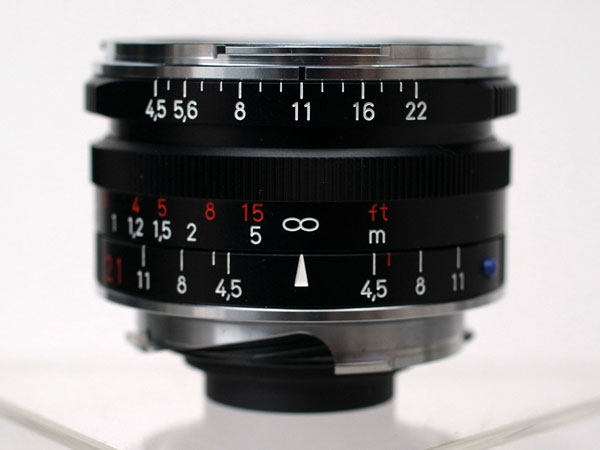 |
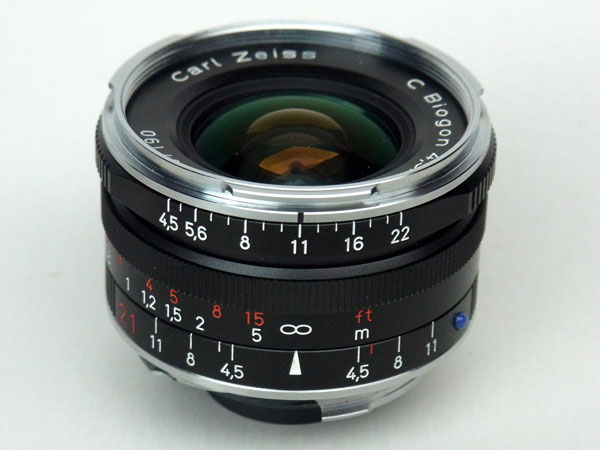 |
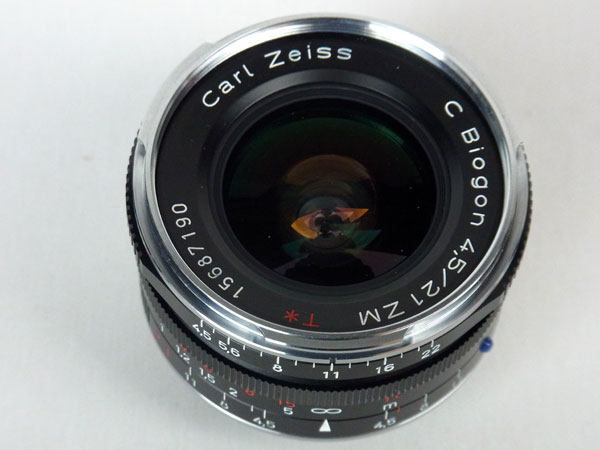 |
||
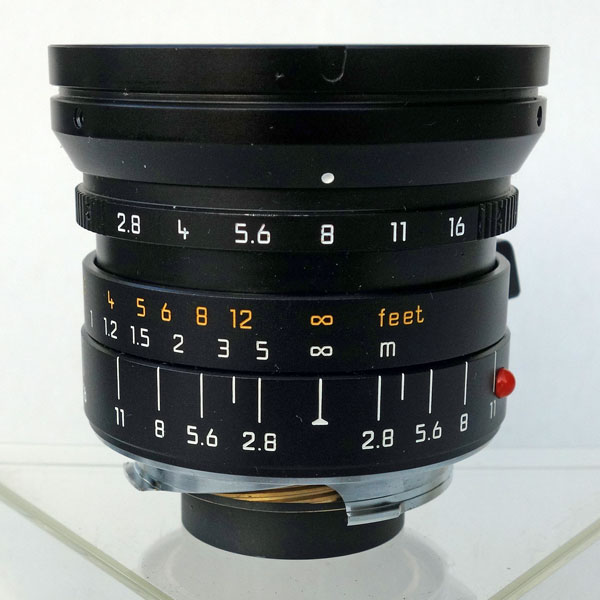 |
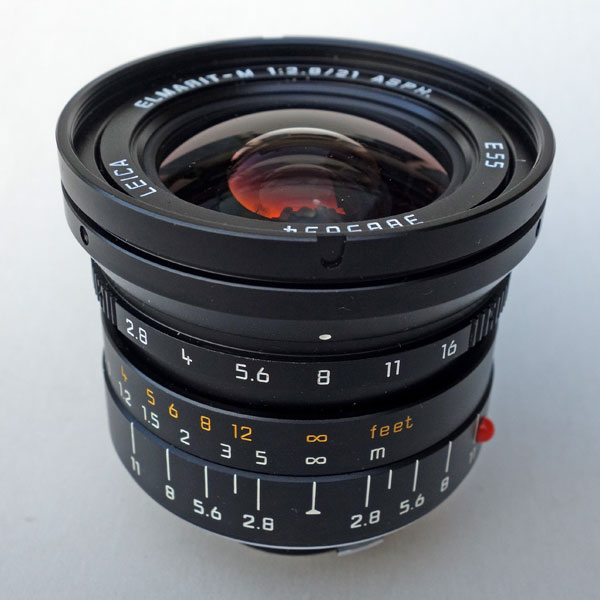 |
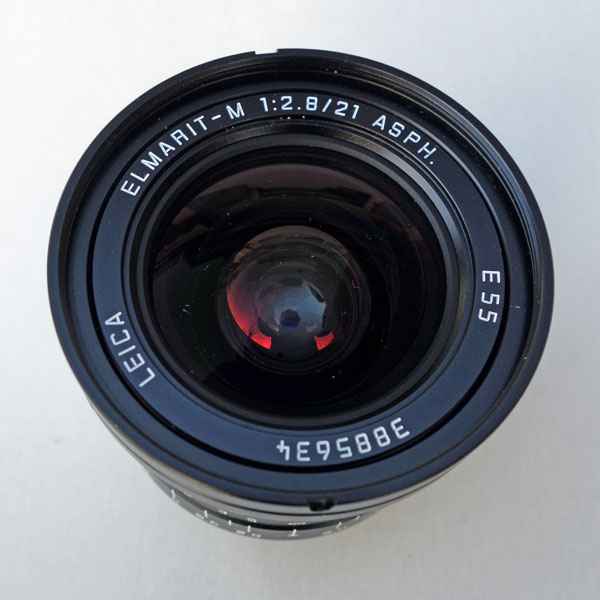 |
Photos: Zeiss Biogon T* C 21mm f/4.5 ZM (black) lens (top row) and Leica Elmarit-M 21mm f/2.8 ASPH. (bottom row) for comparison
Body with Lens Attached
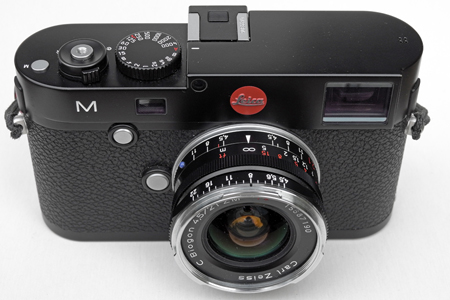 |
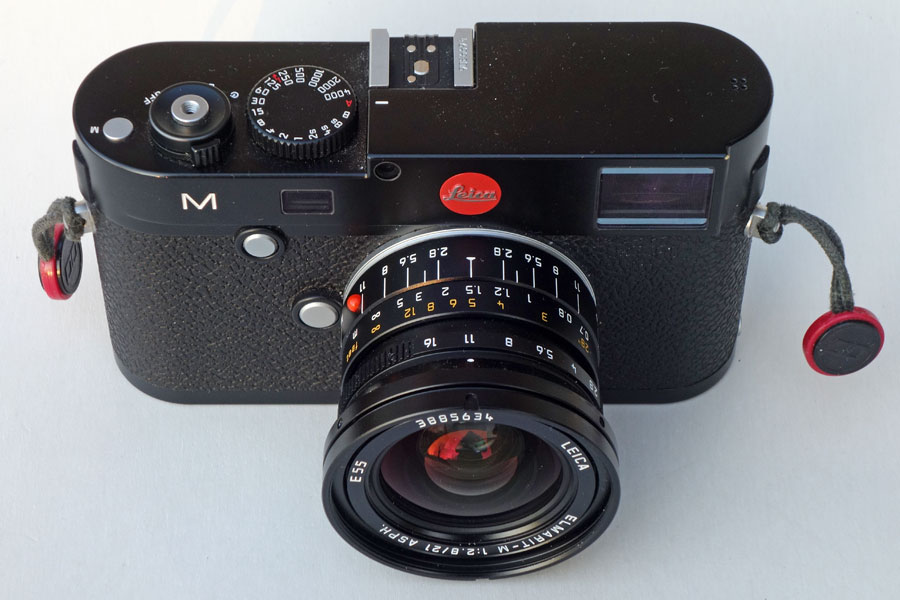 |
|
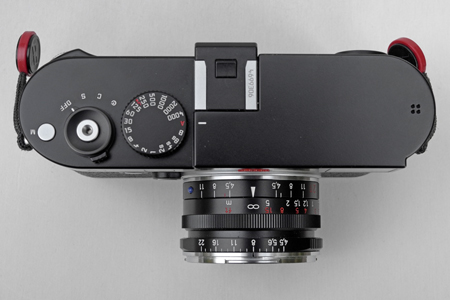 |
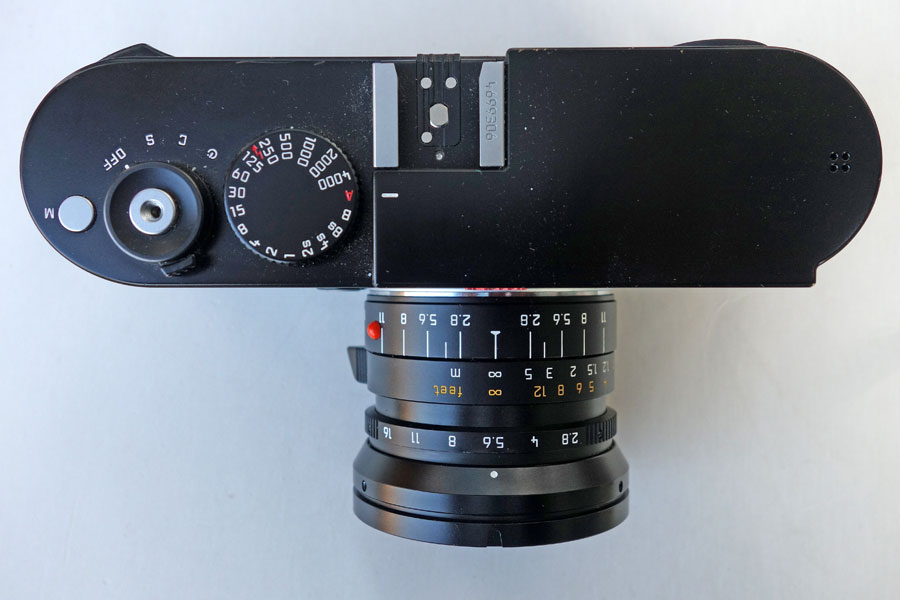 |
Photos: Body with Zeiss Biogon T* C 21mm f/4.5 ZM (black) lens (left) and with Leica Elmarit-M 21mm f/2.8 ASPH. (right) for comparison
More Comparison Photos
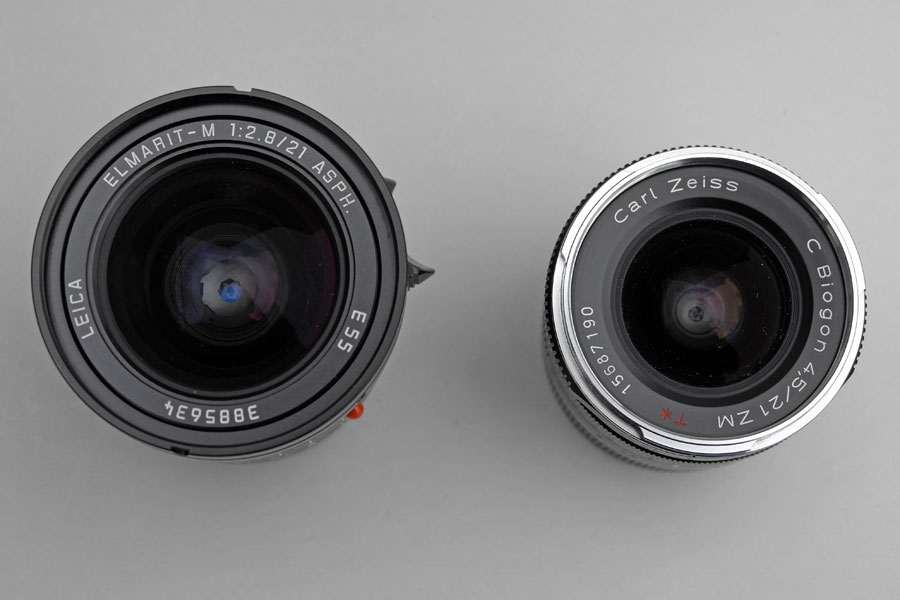 |
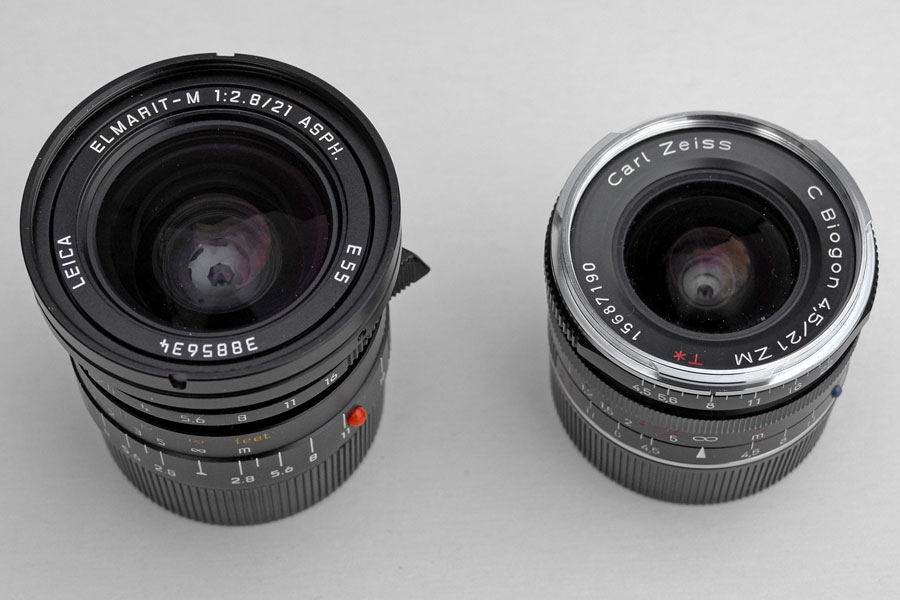 |
|
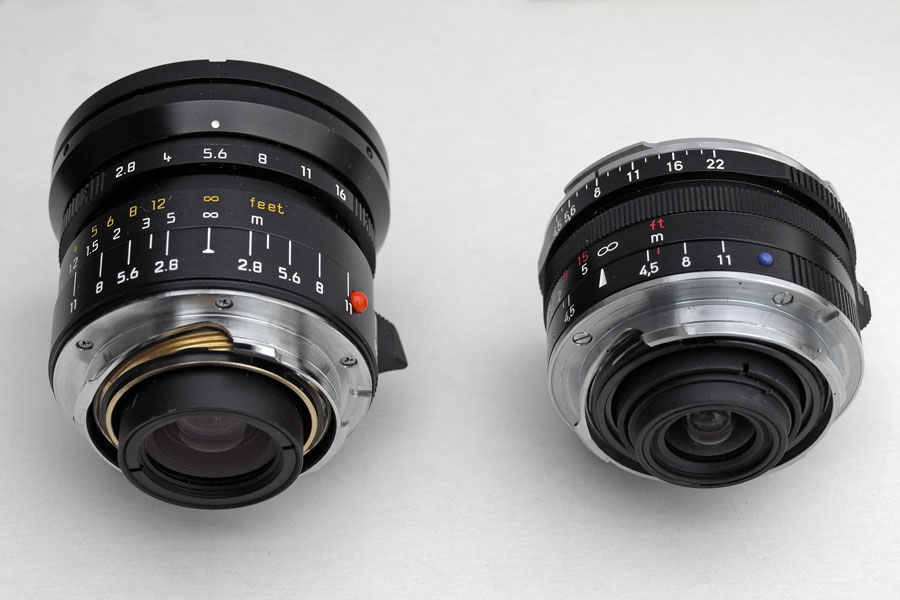 |
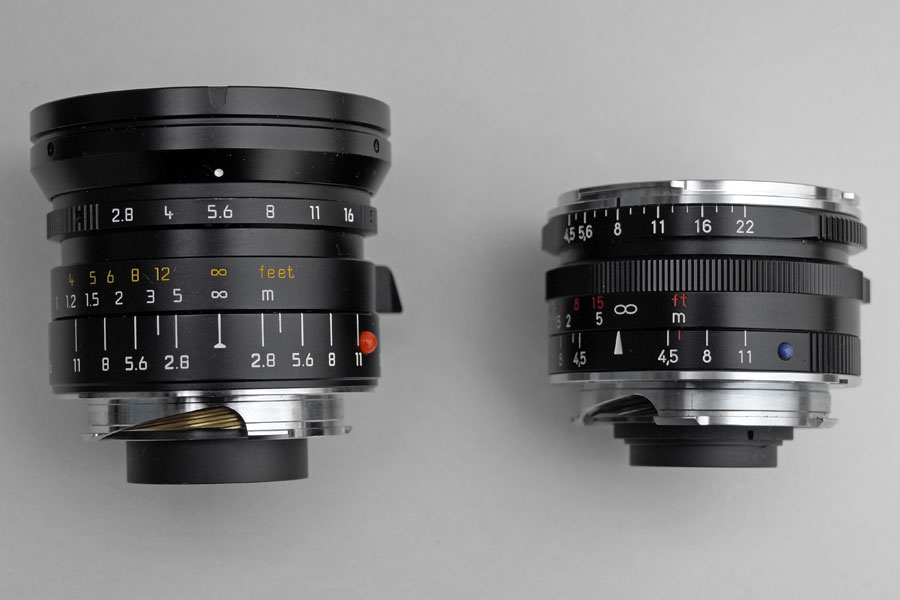 |
|
 |
 |
|
Despite small diffeerences in focal length and viewing angle, the depth of field scales are very similar for both lenses |
||
Some Technical Data
| Data | Zeiss Biogon 21mm f/4.5 | Leica Elmarit-M 21mm f/2.8 SPH. |
| Model number | n.a. | 11135 |
| Focal length | 21 mm | 21 (21.3) mm |
| Angle of view (35mm film) | 90° diagonal | 92° diagonal |
| Maximum aperture | 4.5 | 2.8 |
| f-stop range | 4.5-22 | 2.8-16 |
| Number of iris blades | 10 | 8 |
| Number of lenses/groups | 8/6 | 9/7 |
| Shortest distance | 0.5 m | 0.7 m |
| Weight | 210 g (190 g) | 317 g / 300 g / 318 g |
| Length | 56 mm (31 mm) | 58 mm / 46 mm |
| Maximum diameter | 53 mm | 58 mm |
| Filter thread | 46 mm | 55 mm |
| Lens hood, hood cap | does not have one | 12592 (rectangular hood), 14041 (hood cap) |
| Smallest object field / magnification | 775 x 516 mm / 1:21.6 (calculated), 720 mm / 1:20.1 (from photo) | 1.044 mm x 696 mm / 1:29 (Leica), 1123 x 749 mm / 1:31 (calculated), 1050 mm / 1:29.3 (from photo) |
Lens Hood (Elmarit-M only)
The Elmarit-M 21mm f/2.8 ASPH. uses the rectangular lens hood 12592, which has a rubber hood cap (14041).
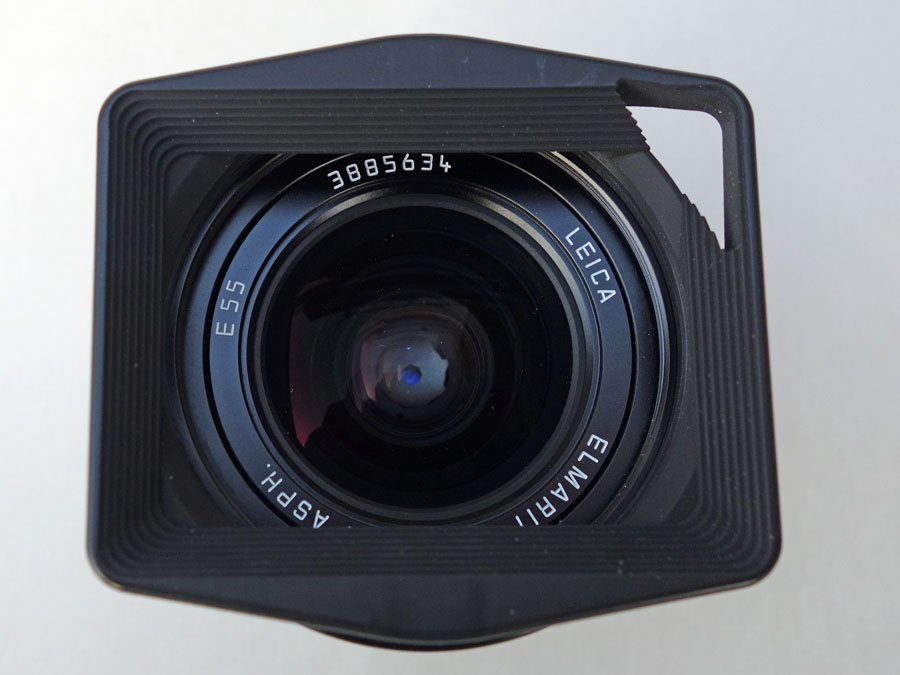 |
 |
|
 |
 |
|
Photos: Leica Elmarit-M 21mm f/2.8 ASPH. lens hood (bottom row: camera with lens and lens hood; right: with hood cap)
Sample Images
Closest Distance
For the Zeiss Biogon, lens selection was set to "Off" (and thus, no color shade correction), for the Elmarit-M, it was set to "Automatic", and the lens was correctly selected.
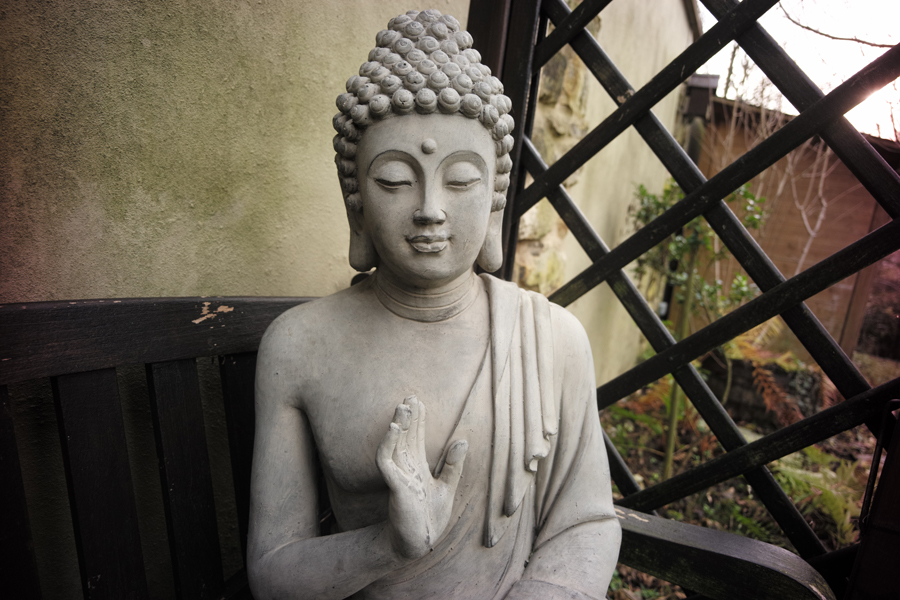 |
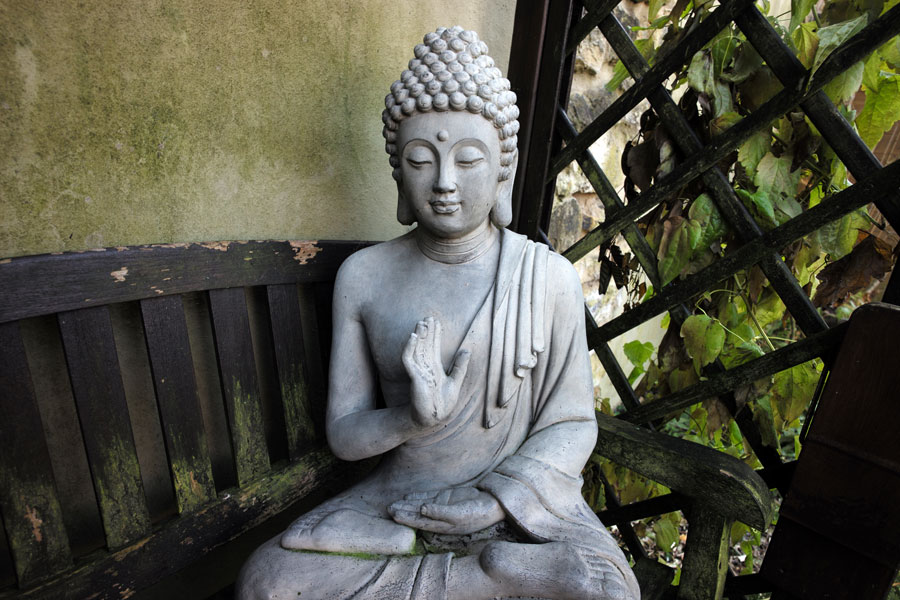 |
|
Zeiss Biogon 21mm f/4.5 |
Leica Elmarit-M 21mm f/2.8 ASPH. |
|
 |
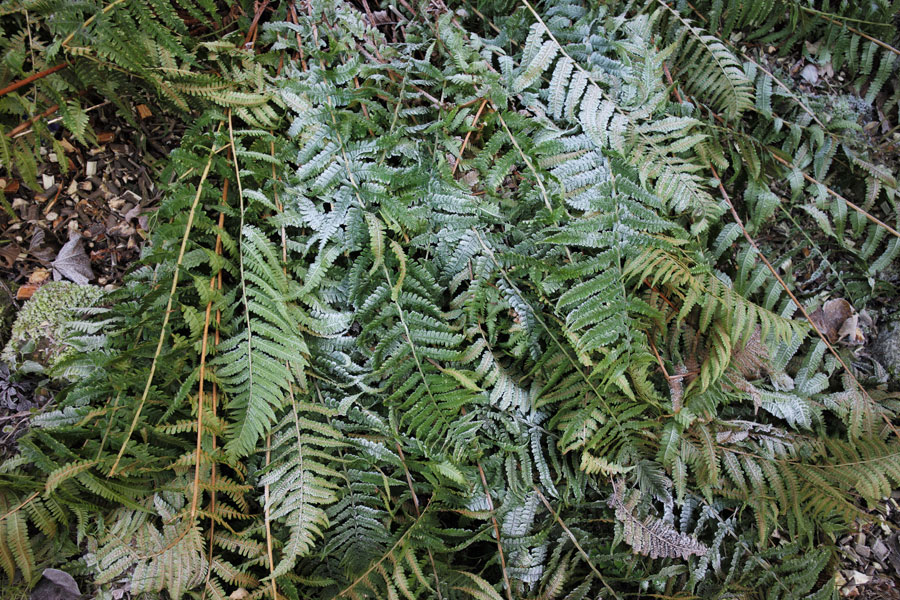 |
|
Zeiss Biogon 21mm f/4.5 |
Leica Elmarit-M 21mm f/2.8 ASPH. |
Similar Places, Different Times
The following photos were taken independently and many months apart. They are just variations of the usual test photos that I took will all of my M-mount lenses.
For the Zeiss Biogon, lens selection was set to "Off" (and thus, no color shade correction), for the Elmarit-M, it was set to "Automatic", and the lens was correctly selected.
Note: Since I made the Zeiss Biogon photos on a very dull day, this is not really a fair comparison...
Same Places, Same Time
The following photos were taken on a walk with both lenses. They were taken at f/4.5 and f/8. I also took photos at f/2.8 with the Leica Elmarit-M, but since there is a "mystery" with that lens that I have not solved yet (but I am close to solving it...), I do not show these photos here. I will discuss this topic elsewhere in due course.
Both lenses show some corner softness at f/4.5, but feel free to download the original photos to make up your own mind. All in all, the Zeiss photos look sharper at the center (I checked this only for some photos), but you can sharpen the Leica photos to get the same effect. Moreover, the Zeiss photos look cooler than the Leica ones - which ones are correct, I cannot tell in hindsight. But these differences can be compensated for in post-processing (and eve more so by using DNG). Personally, I prefer the warmer "Leica look"...
For the Zeiss Biogon, lens selection was set to "Off" (and thus, no color shade correction), for the Elmarit-M, it was set to "Automatic", and the lens was correctly selected.
Conclusions
Disclaimer: I am not a lens expert who sees marked differences between various Leica and/or other lenses. I can check for soft corners, find differences in color rendition, and, in rare cases, may discover a "3D look", but that's all. Please regard therefore my conclusions as the verdict of a "layman".
Overall, this page is not intended as a comparison page for both lenses. I just show how the lenses look and how they look at the Leica M (Typ 240), present their technical data, and last, but not least present untouched photos taken with both lenses, which show more or less the same motifs. So feel free to download the original photos to make up your own mind.
Here are a few of my obervations: Both lenses show some corner softness at f/4.5. All in all, the Zeiss photos look sharper at the center (I checked this only for some photos), but you can sharpen the Leica photos to get the same effect. Moreover, the Zeiss photos look cooler than the Leica ones - which ones are correct, I cannot tell in hindsight. But these differences can be compensated for in post-processing (and eve more so by using DNG). Personally, I prefer the warmer "Leica look"...
I also took photos at f/2.8 with the Leica Elmarit-M, but since there is a "mystery" with that lens that I have not solved yet (but I am close to solving it...), I do not show these photos here. I will discuss this topic elsewhere in due course.
Links
- Zeiss Biogon 21mm f/4.5 (Zeiss, English): lenses.zeiss.com/photo/en_DE/products/ikon/cbiogont4521zm.usage.html
- Zeiss Biogon 1:4,5/21 mm (Zeiss, German): lenses.zeiss.com/photo/de_DE/products/ikon/cbiogont4521zm.usage.html
- Zeiss Biogon 21mm f/4.5 at Ken Rockwell "Leica Lens Reviews" (scroll the list): www.kenrockwell.com/leica/lens-reviews.htm#21 • full review: www.kenrockwell.com/zeiss/zm/21mm-f45.htm
- Zeiss C Biogon T* 4,5/21 ZM – and removing the reds (The Machine Planet): themachineplanet.wordpress.com/2014/04/20/zeiss-c-biogon-t-4521-zm-and-removing-the-reds/
- Leica Elmarit-M 21mm f/2.8 ASPH. (Ken Rockwell): www.kenrockwell.com/leica/21mm-f28-asph.htm
- 21mm f/2.8 ASPH Elmarit-M (Leicapedia): www.l-camera-forum.com/leica-wiki.en/index.php/21mm_f/2.8_ASPH_Elmarit-M
- Leica Elmarit-M 1:2,8/21 mm ASPH. (Messsucherwelt, Claus Sassenberg): www.messsucherwelt.com/?page_id=4133
| 04.07.2024 |
